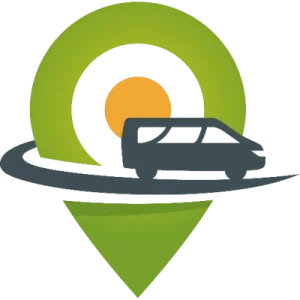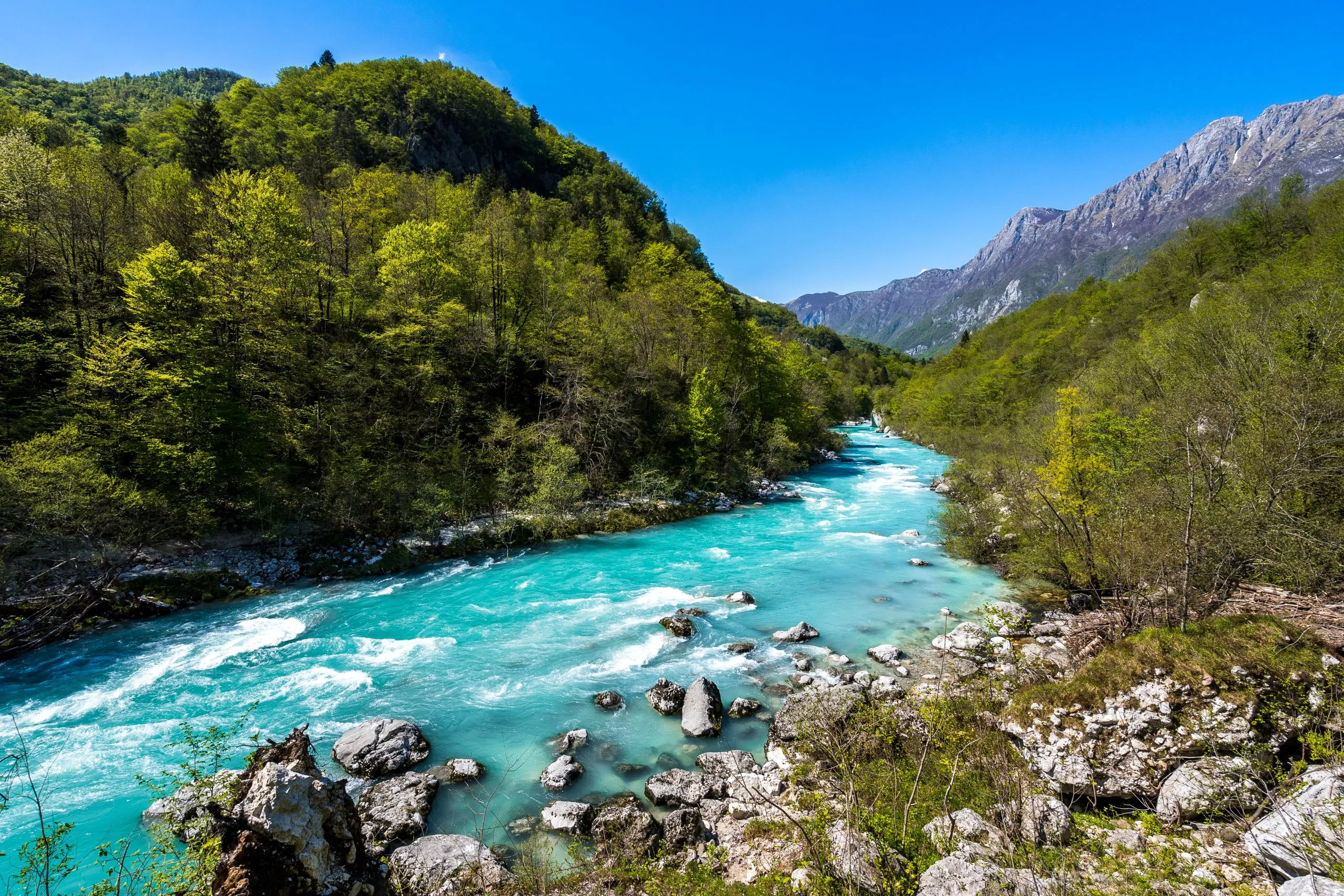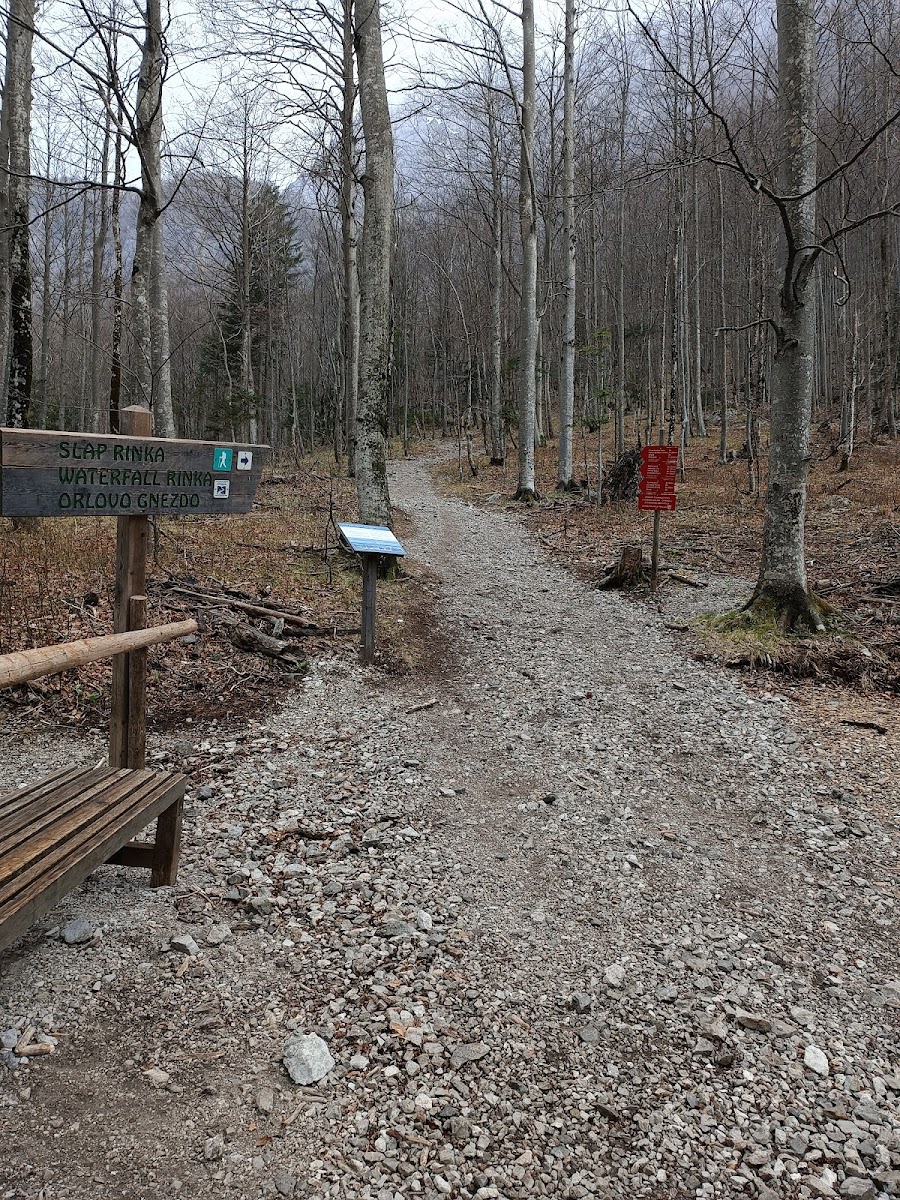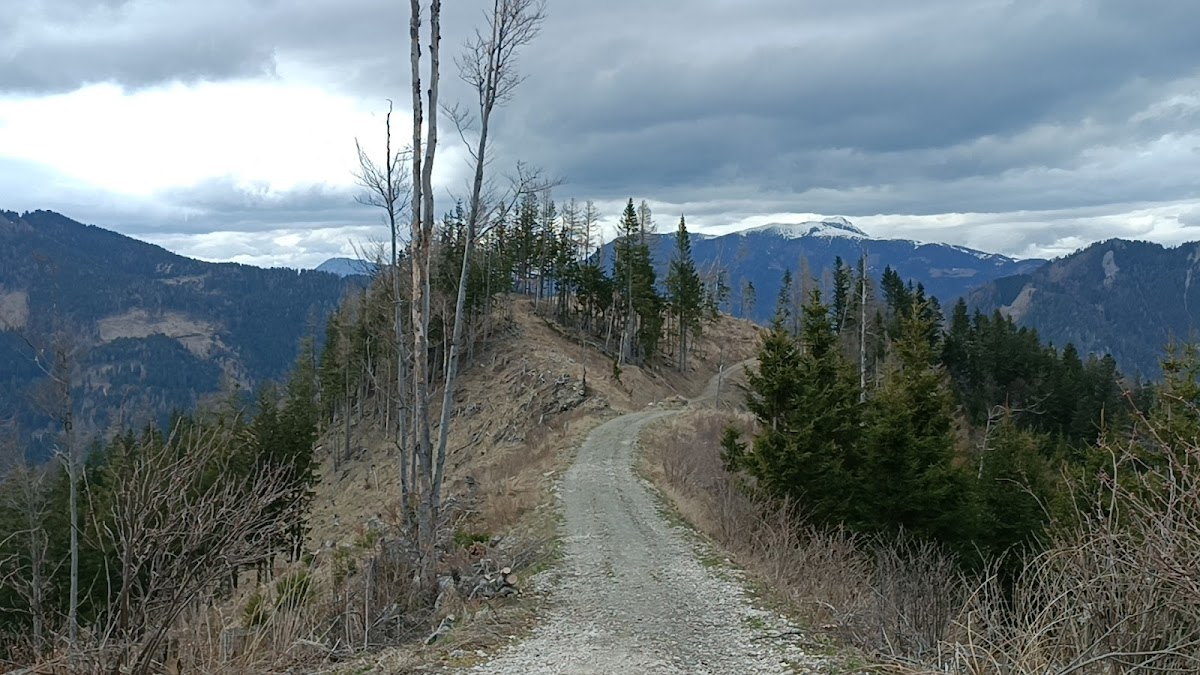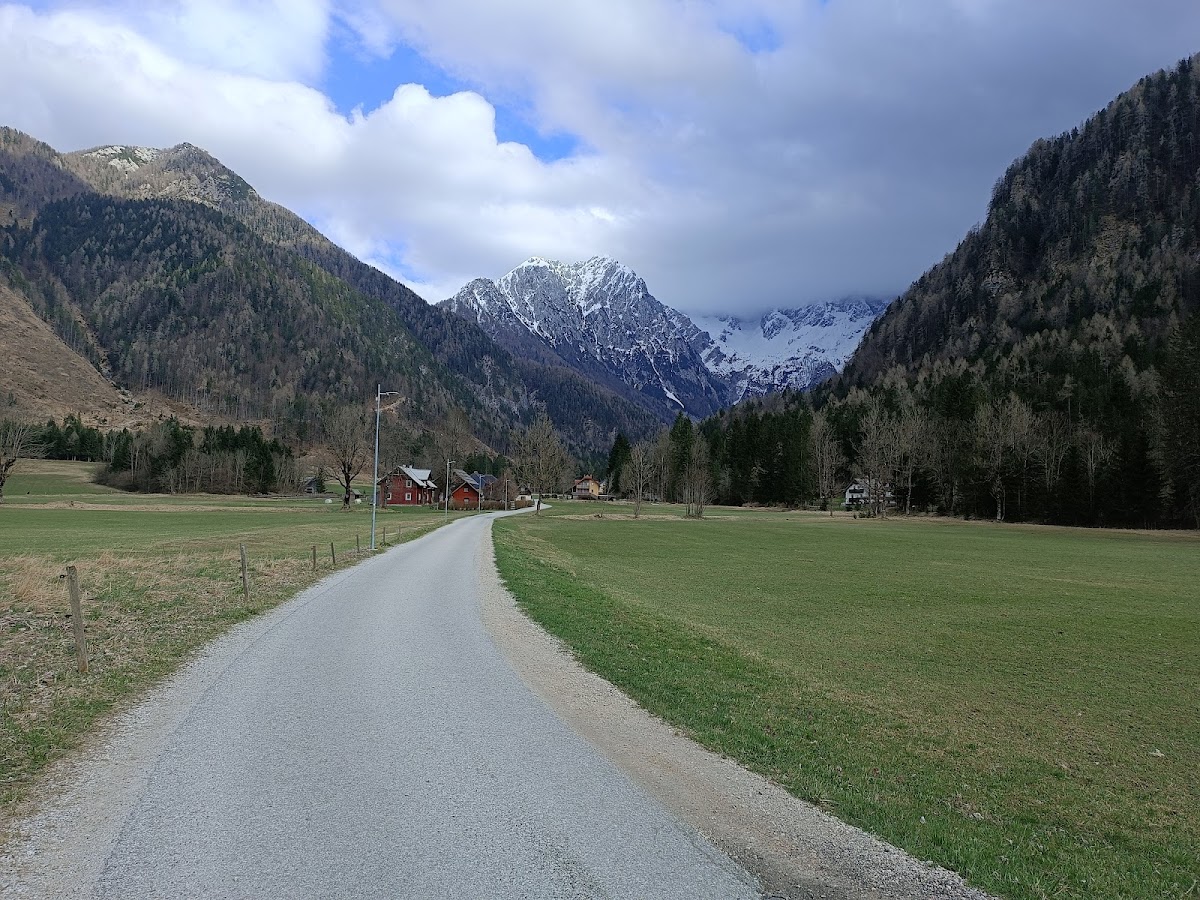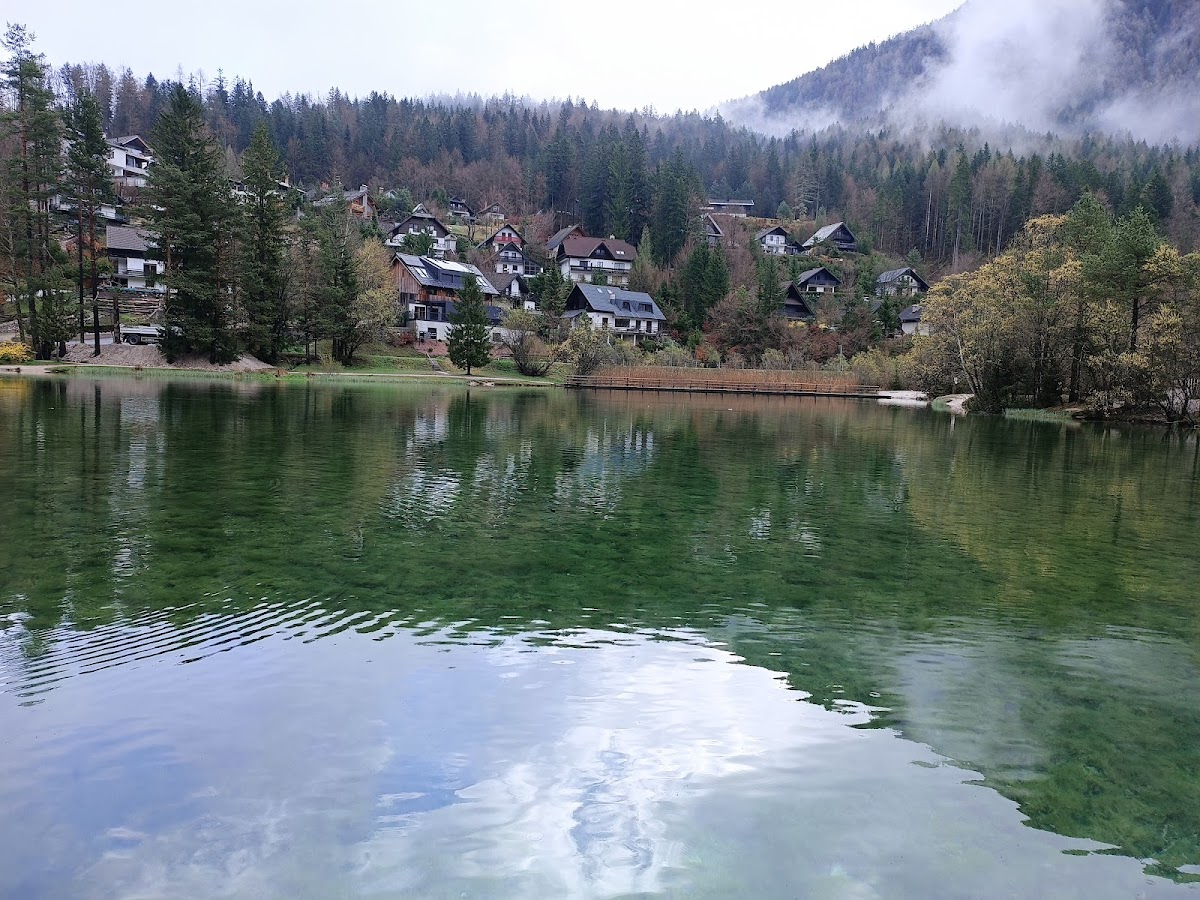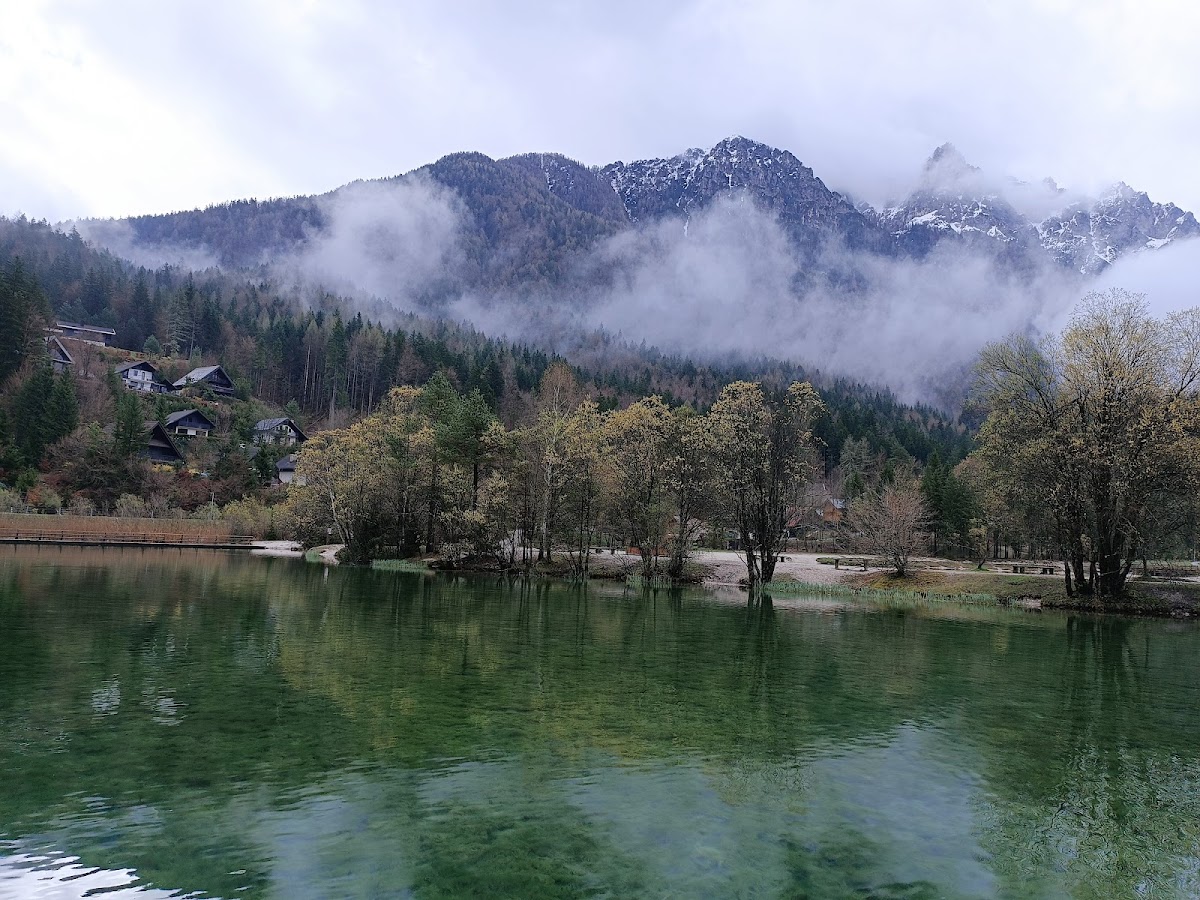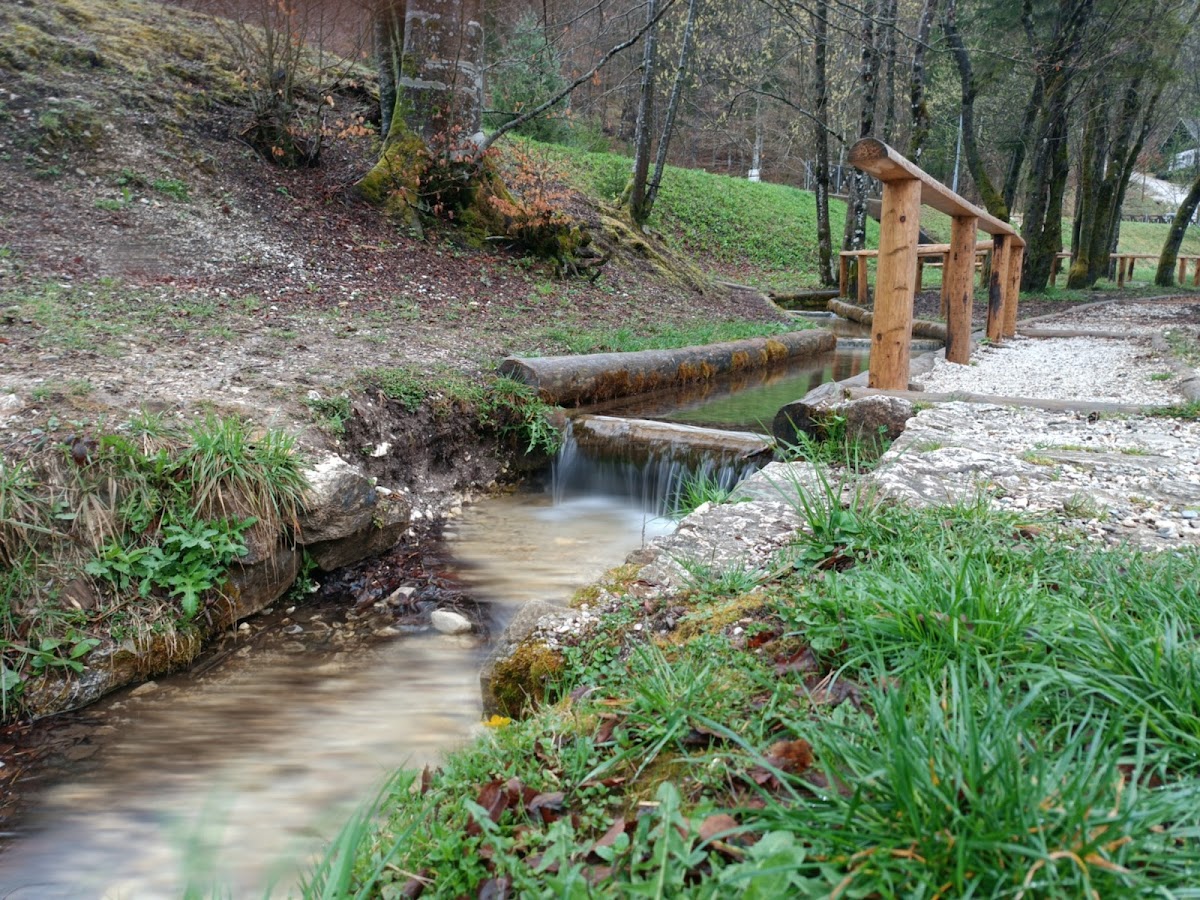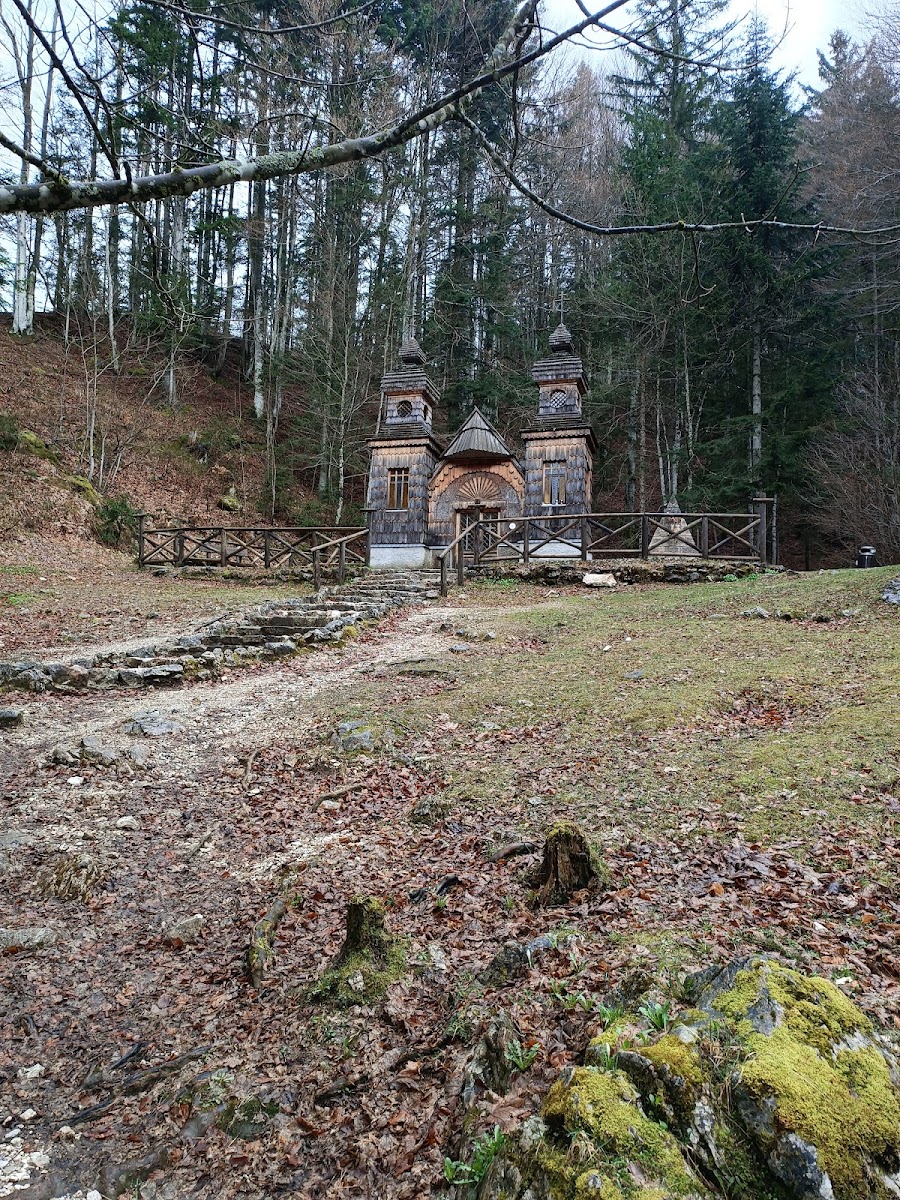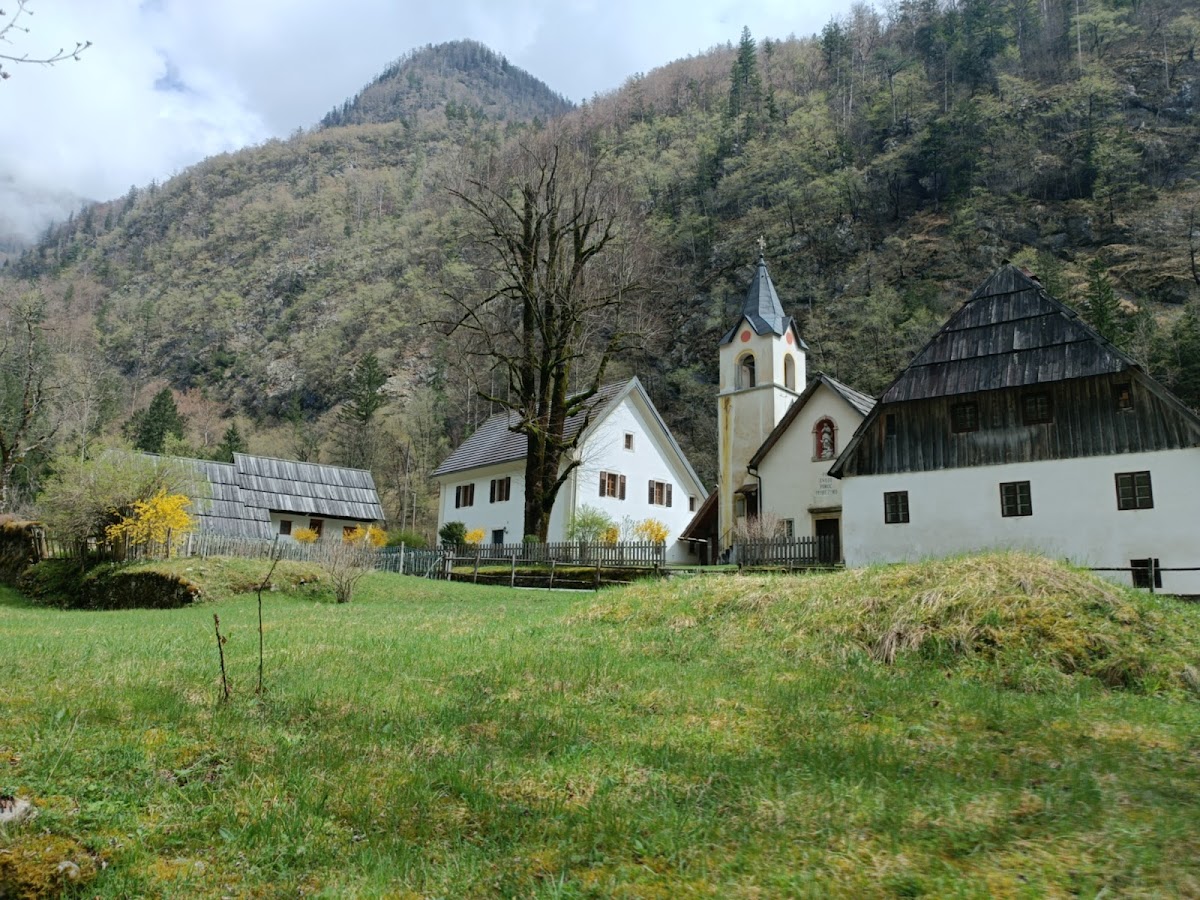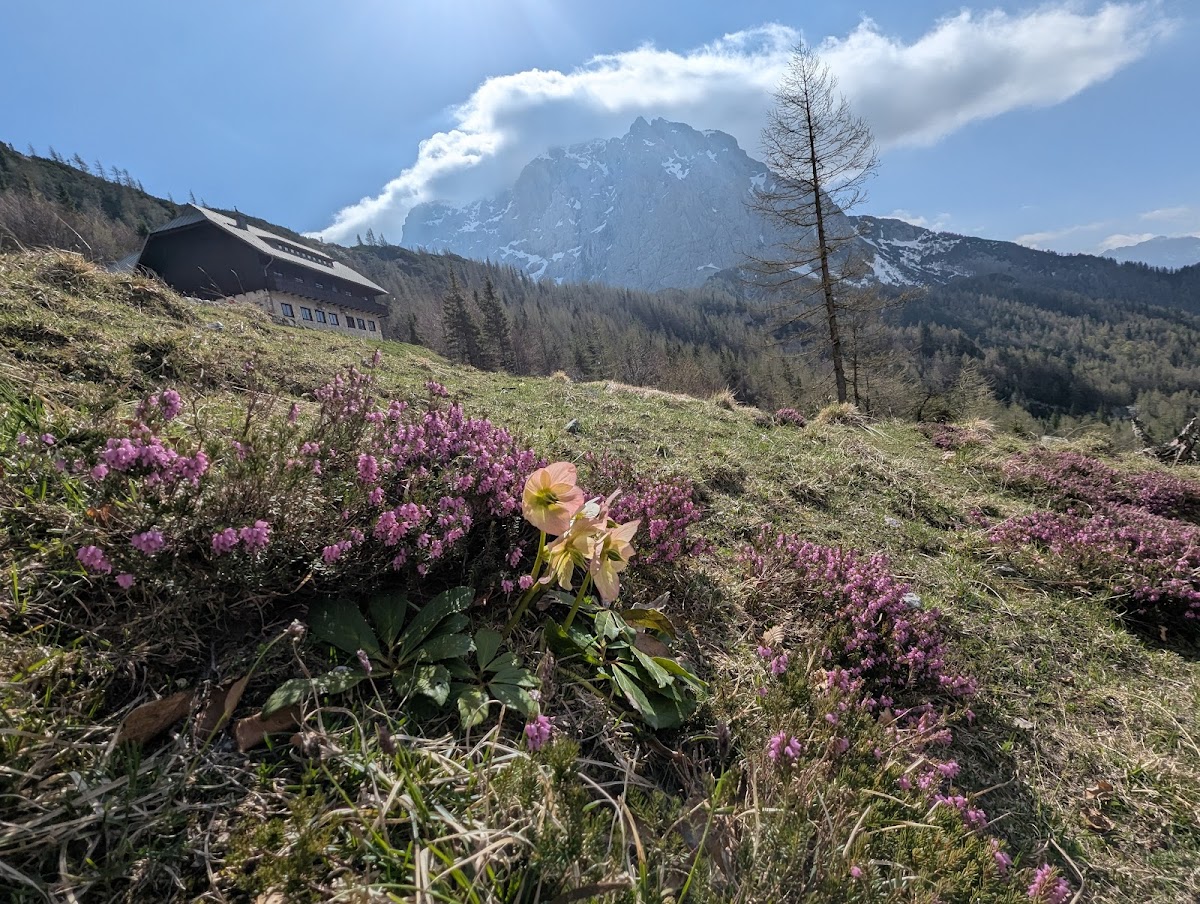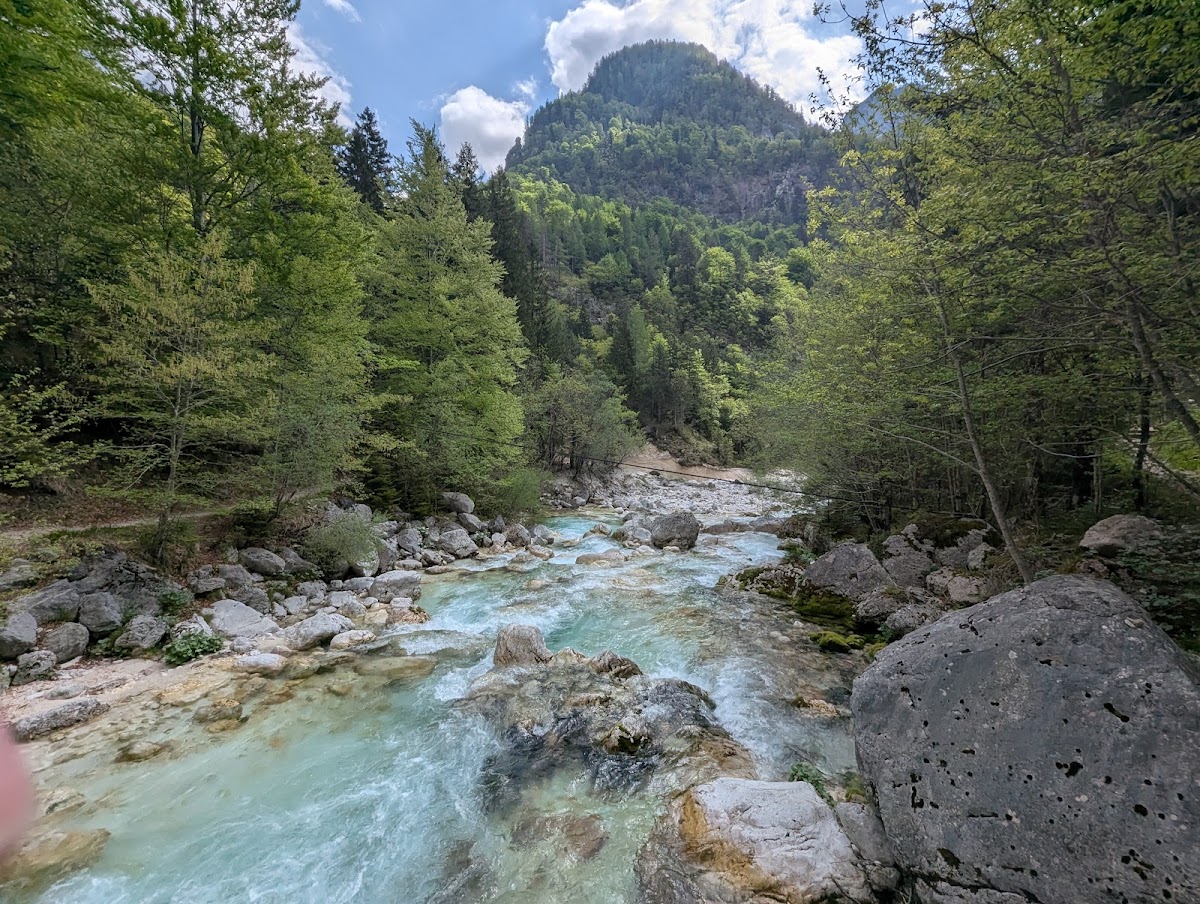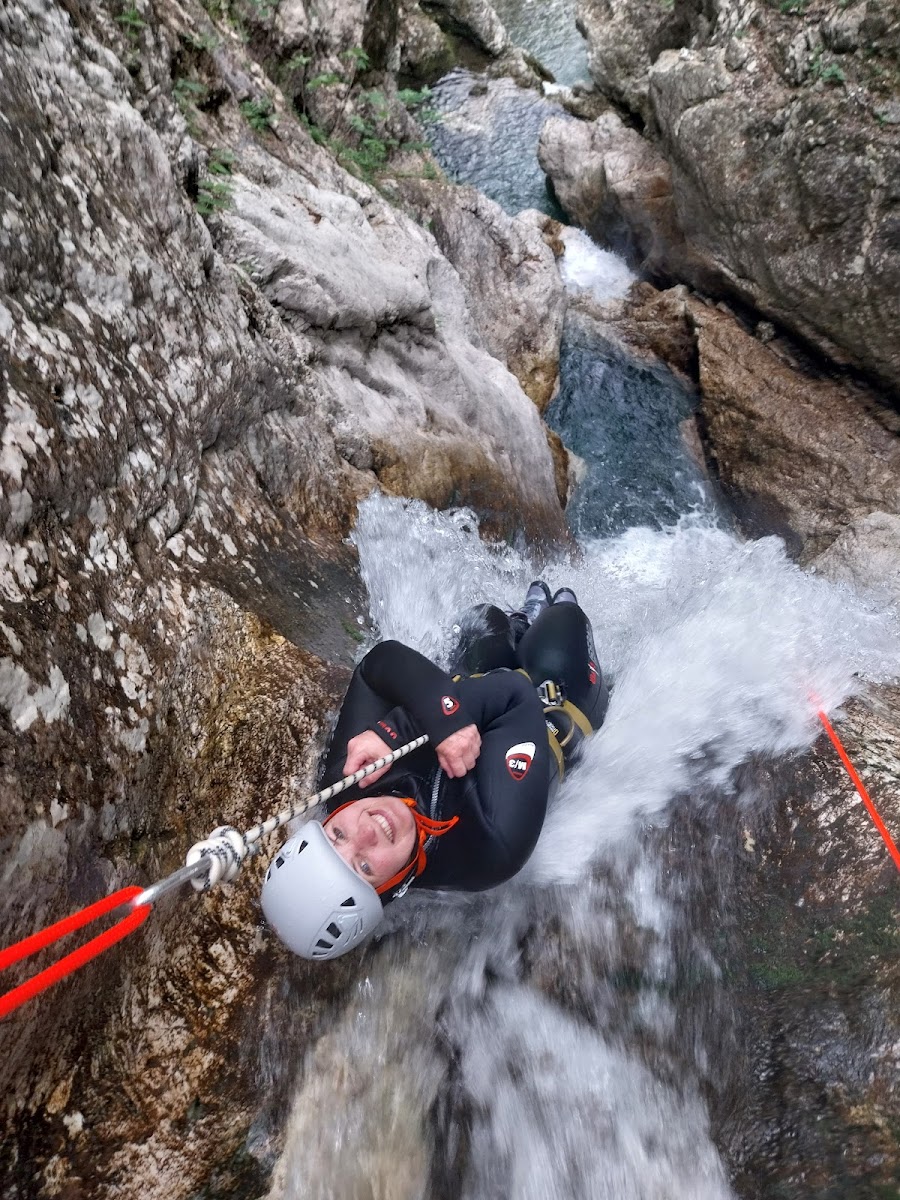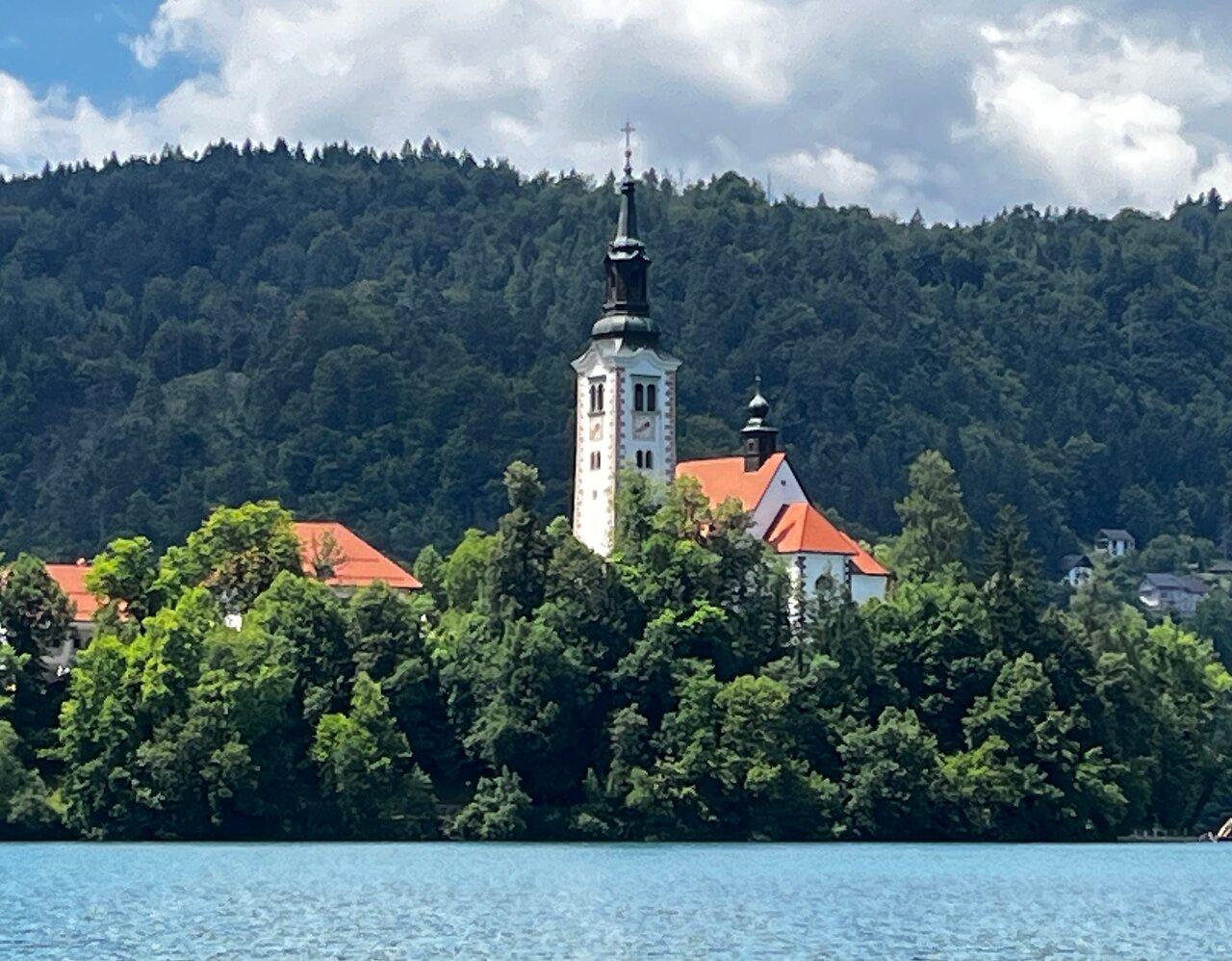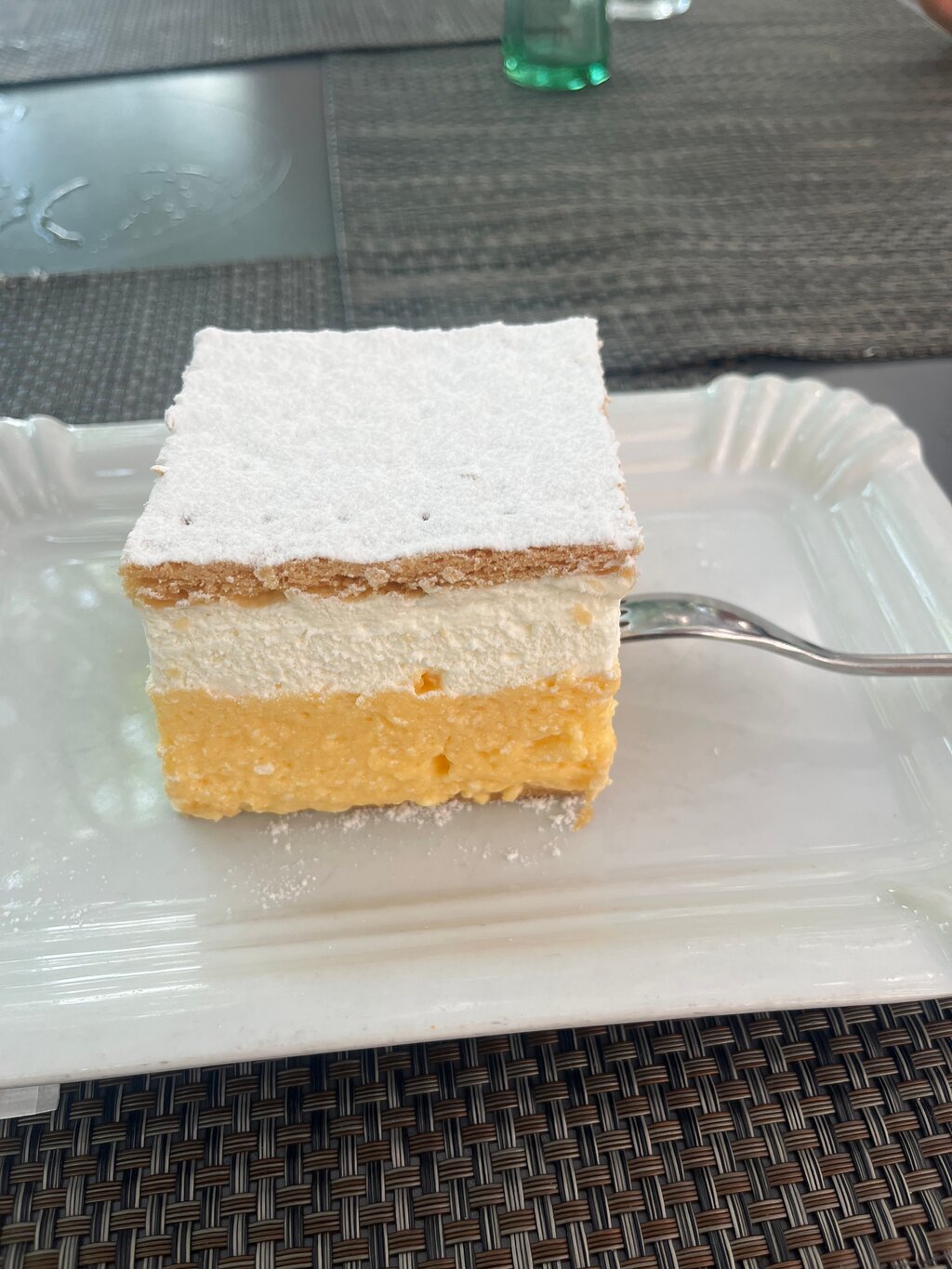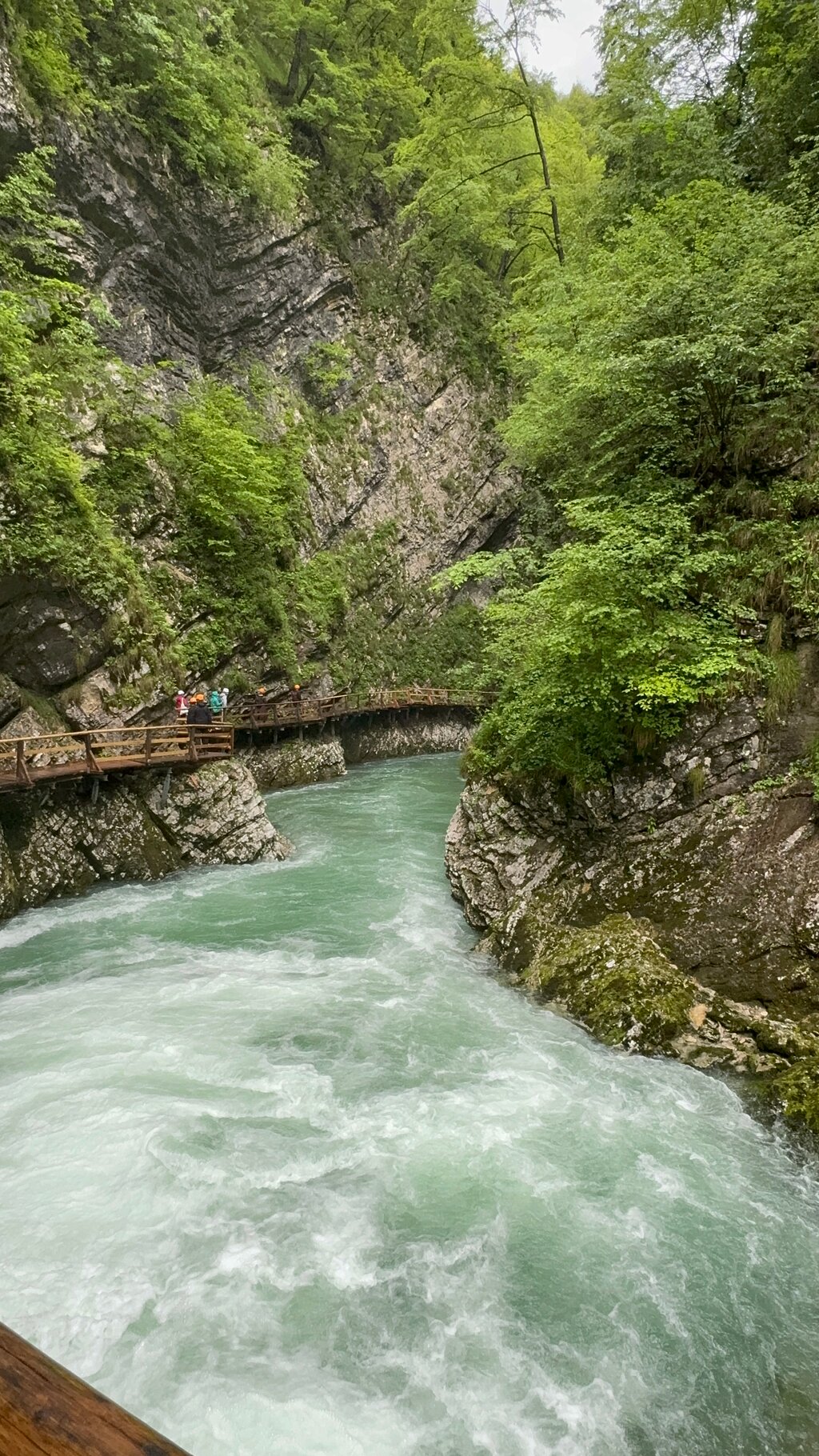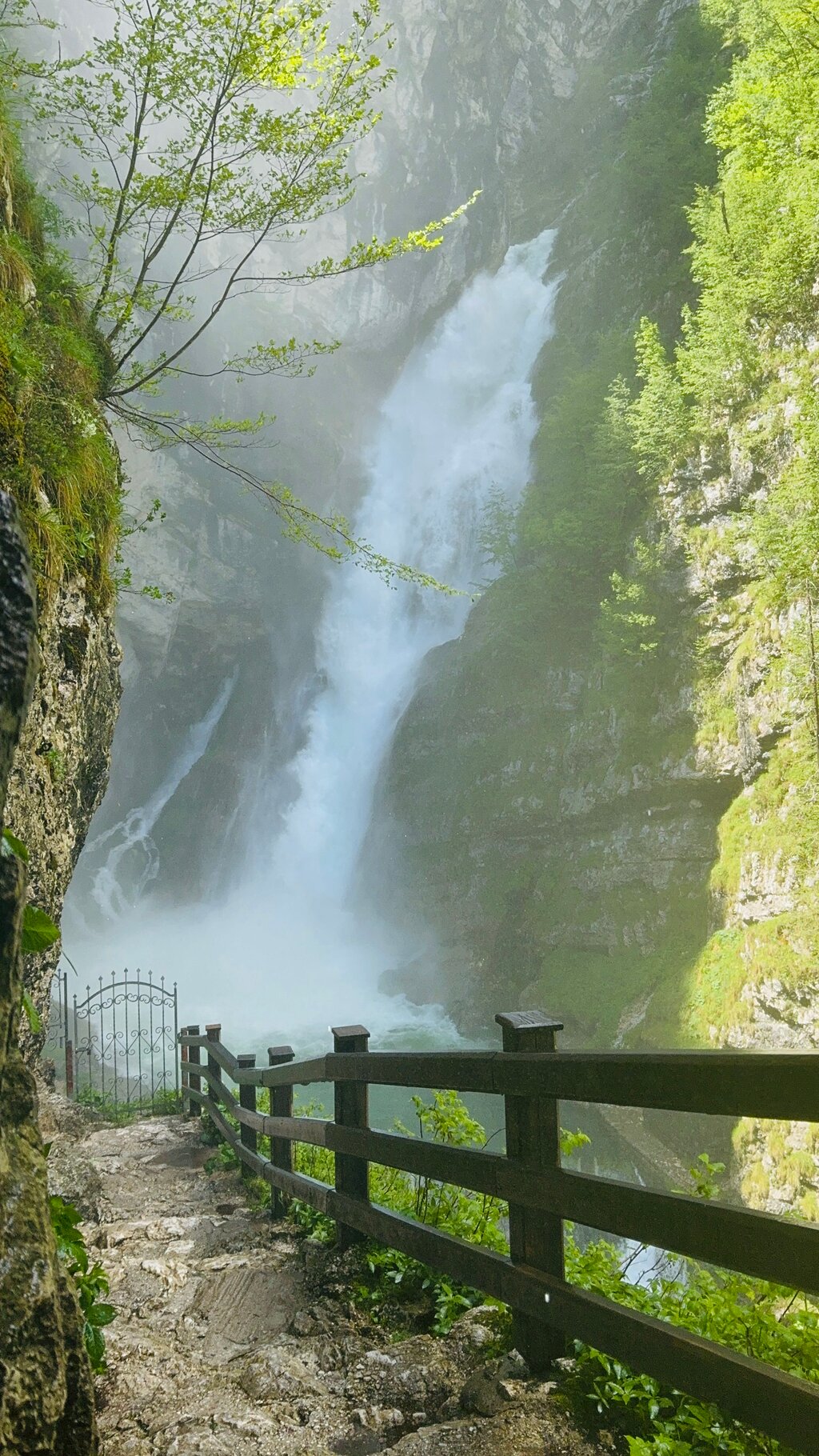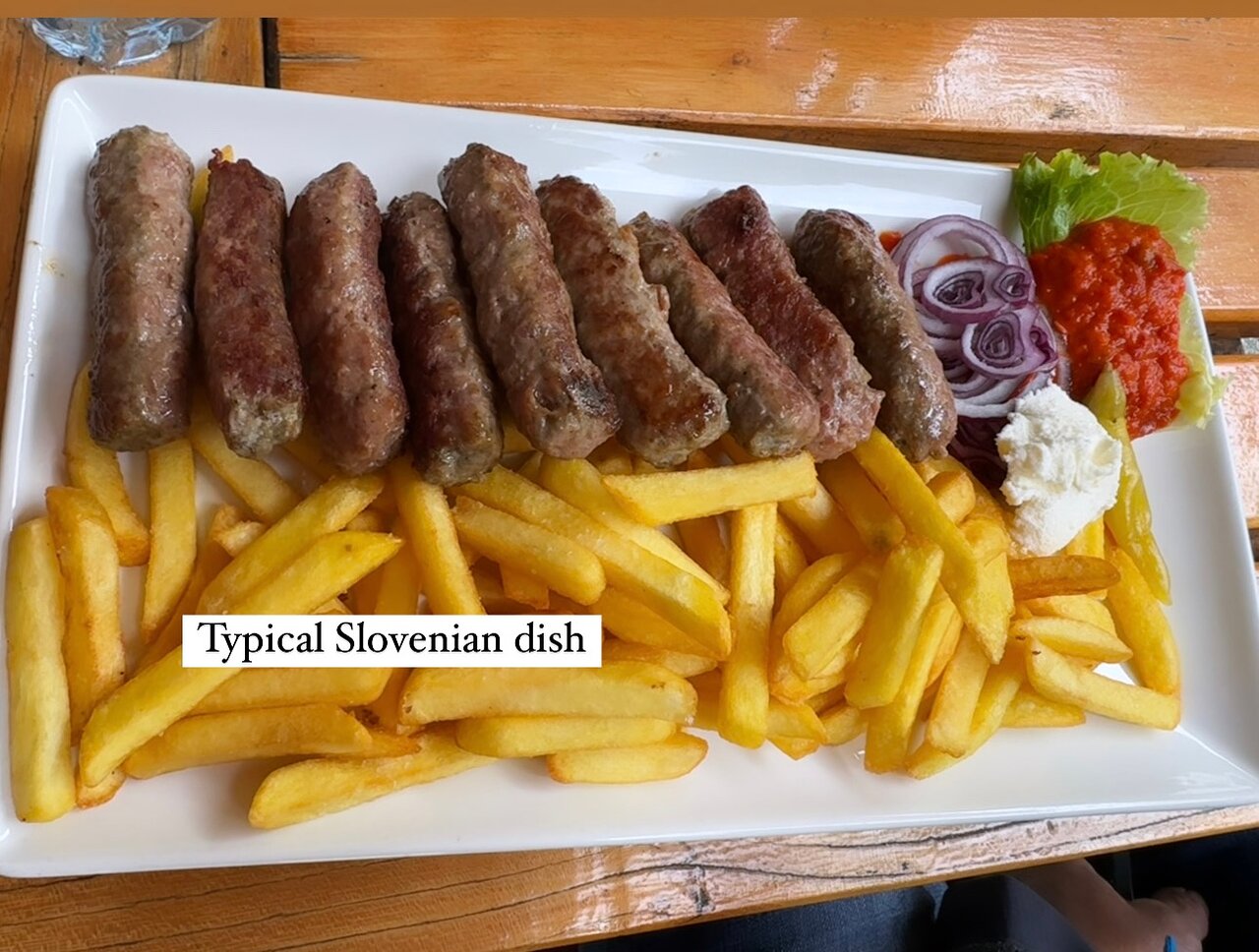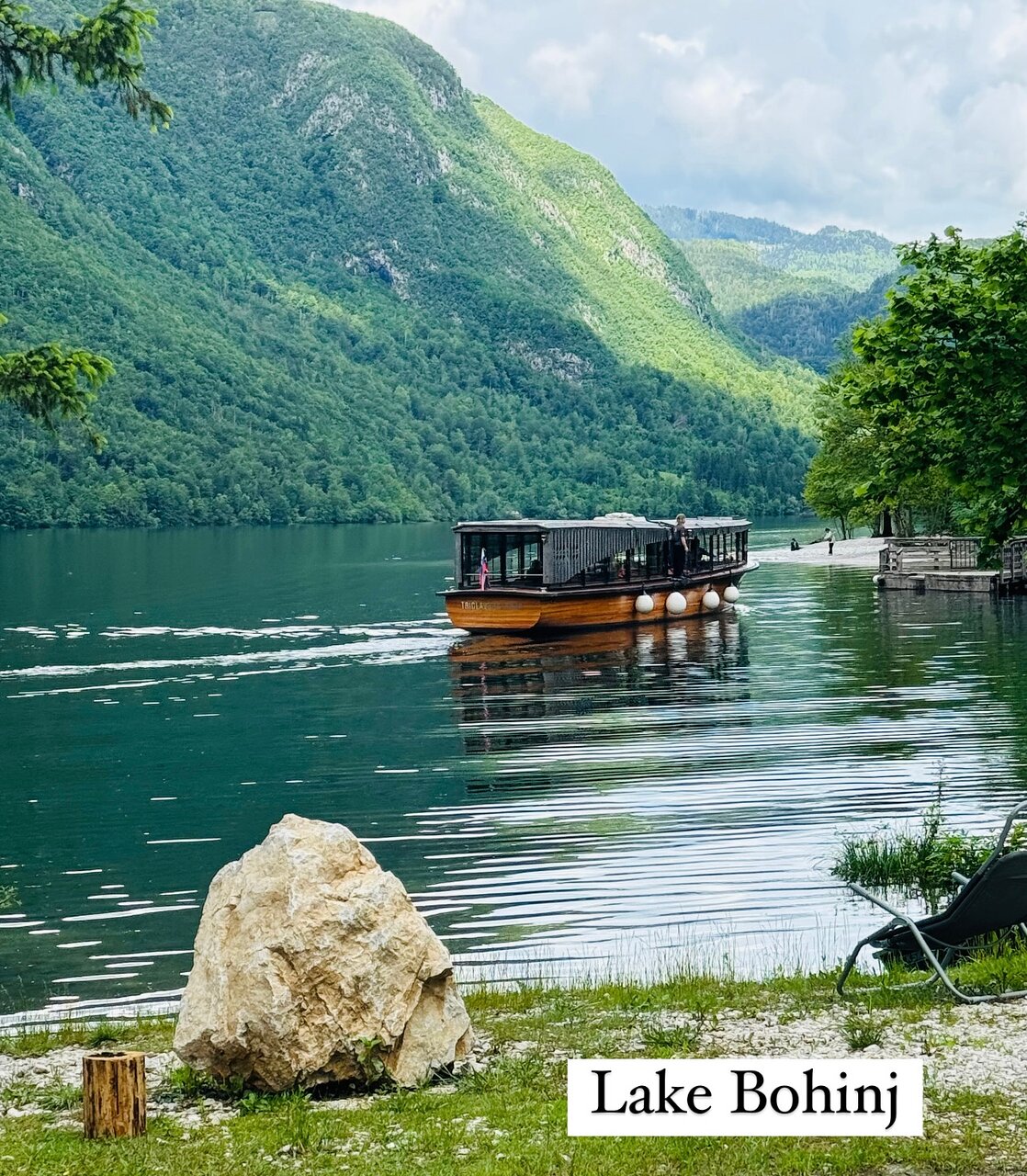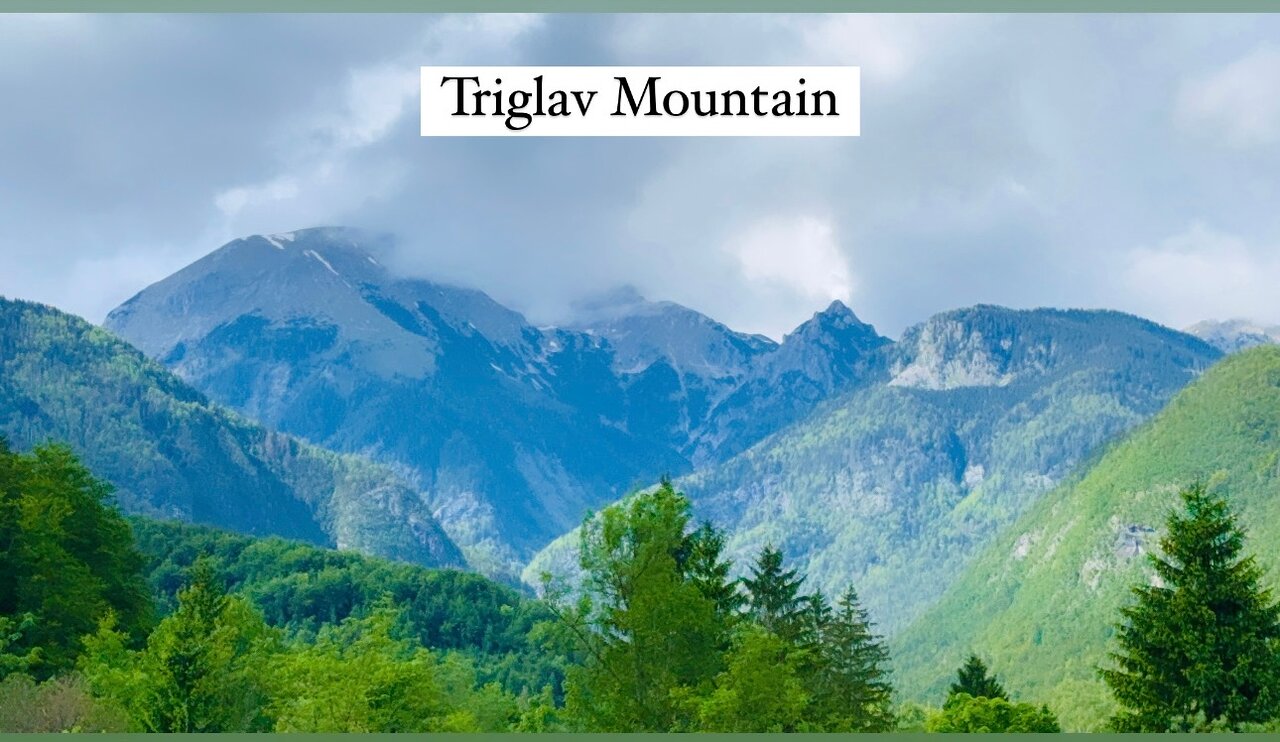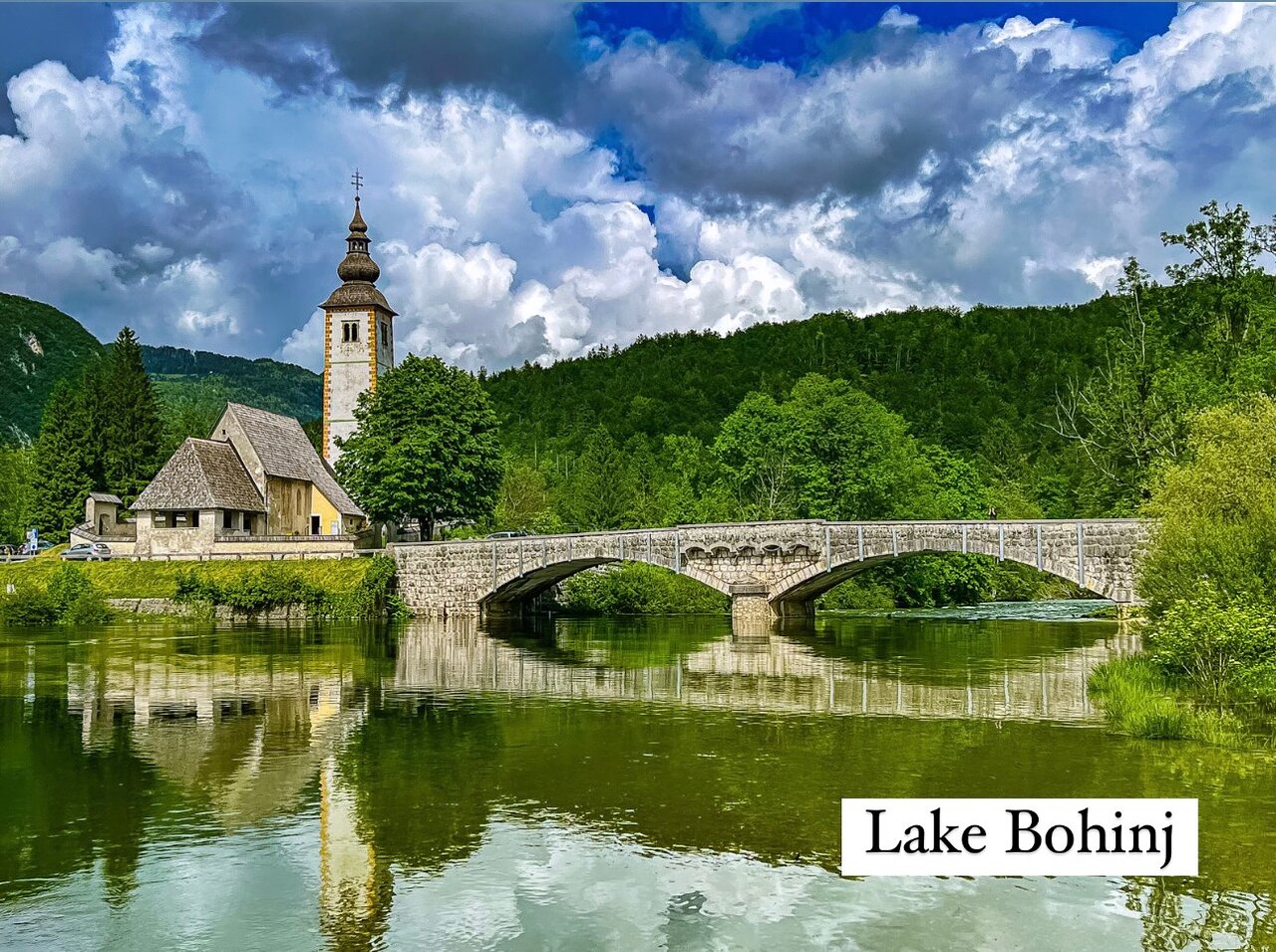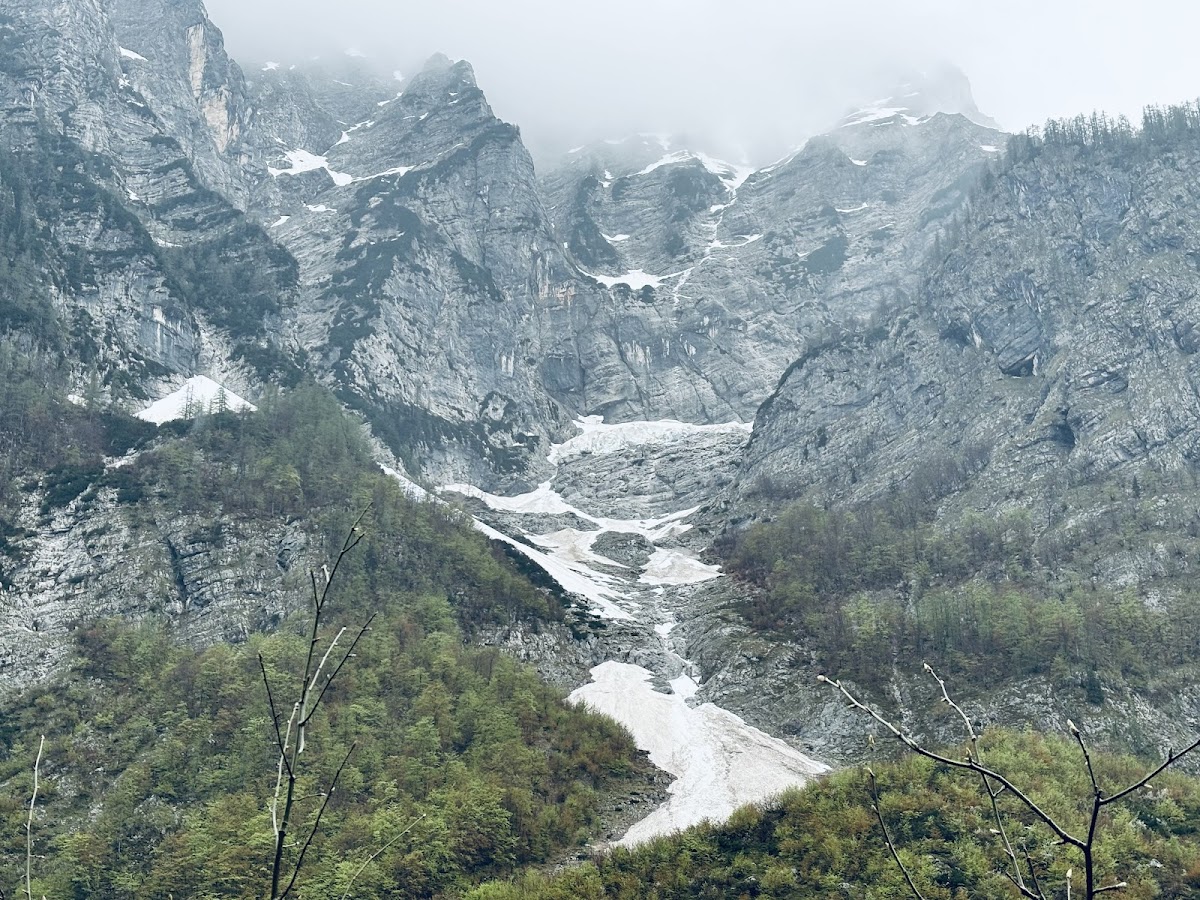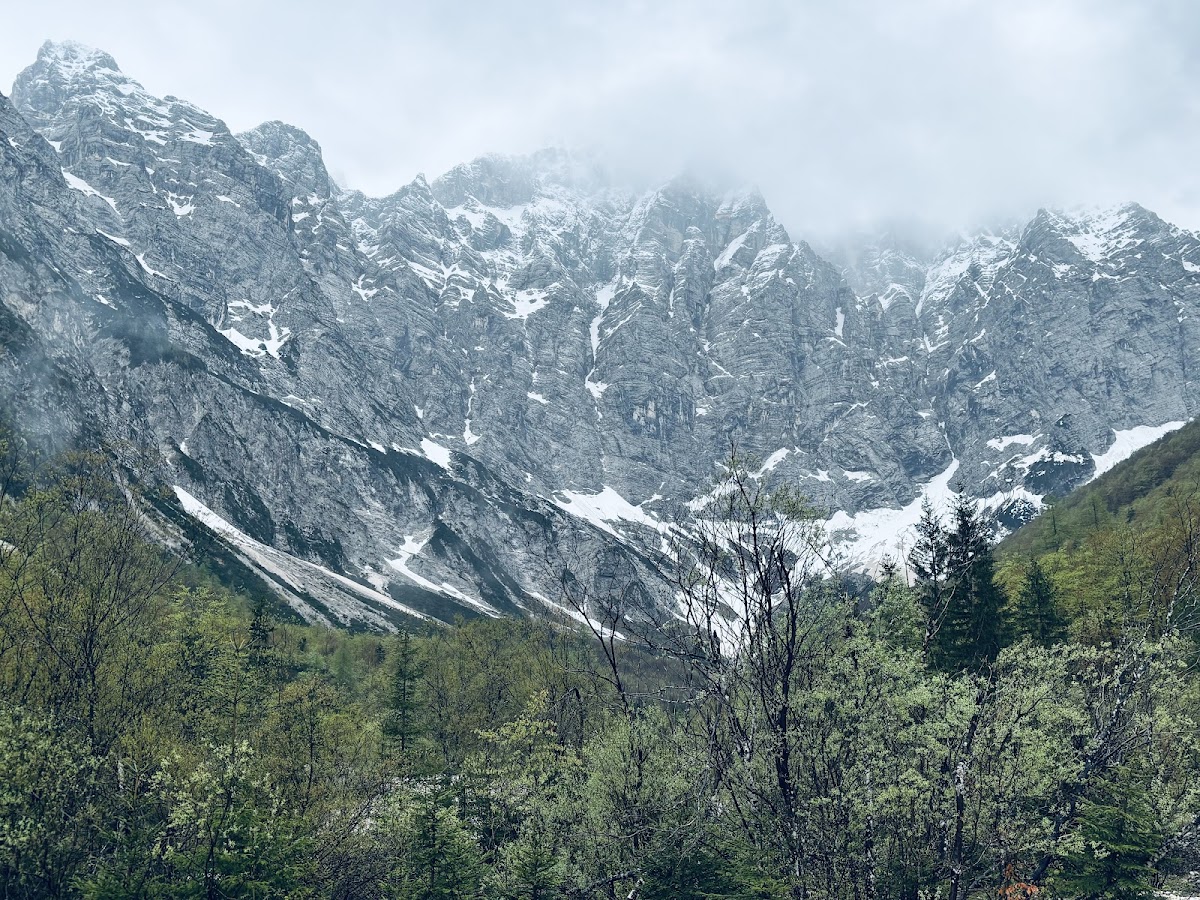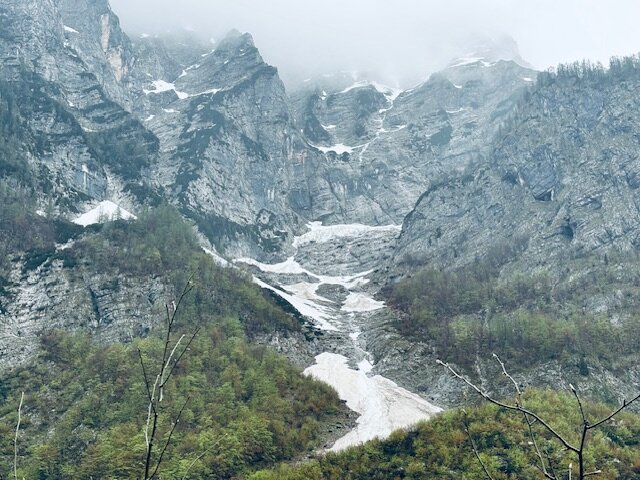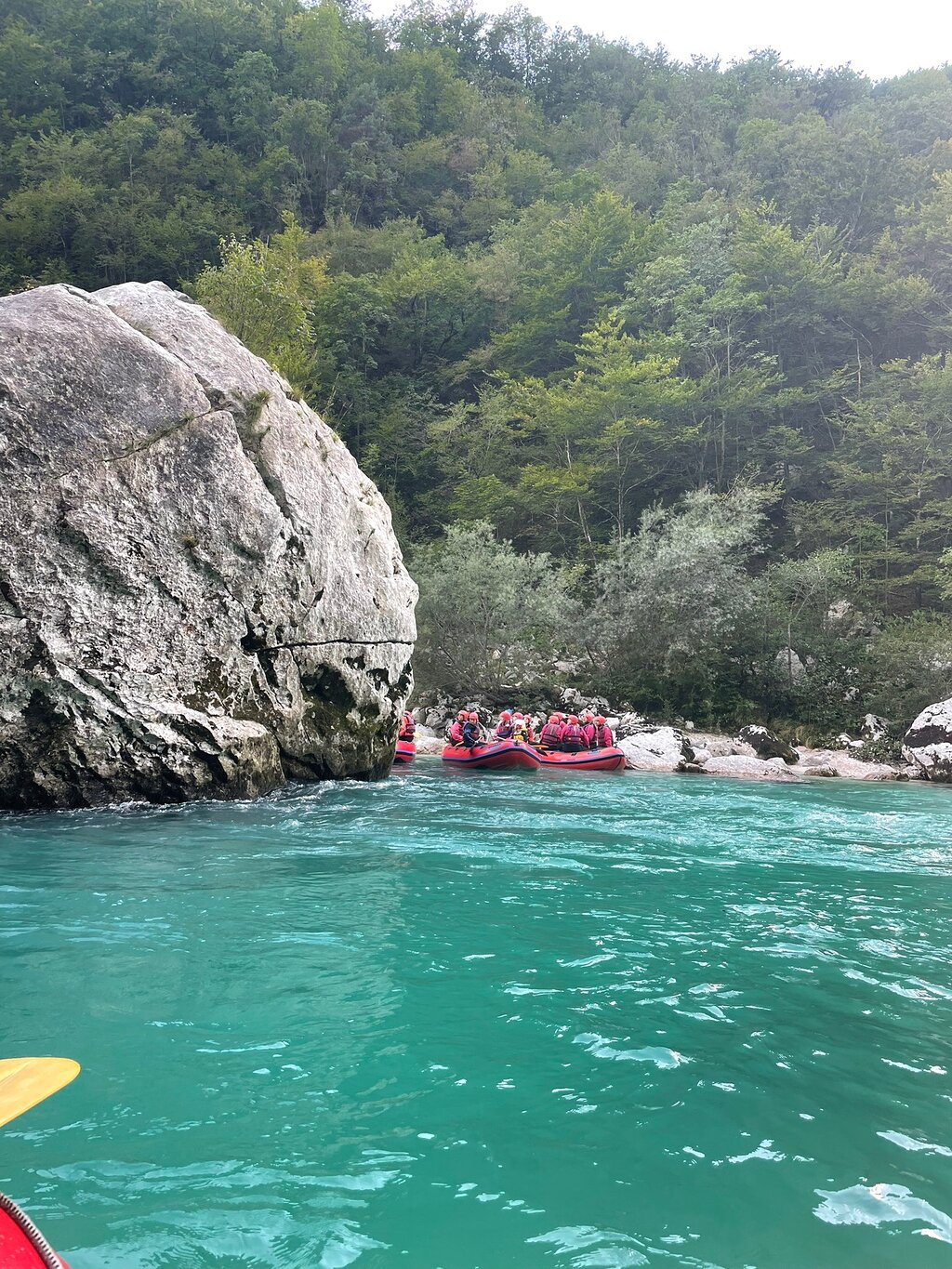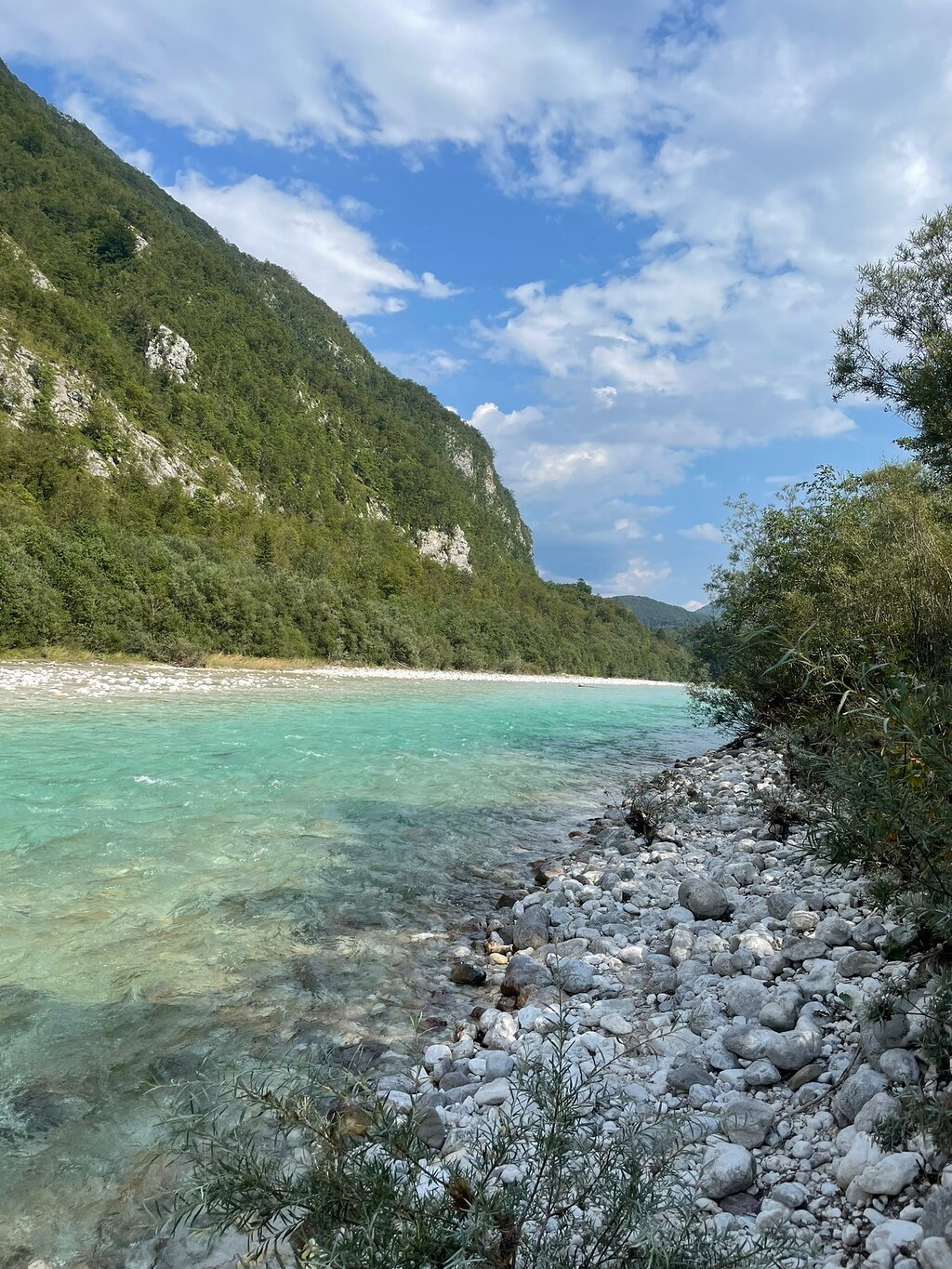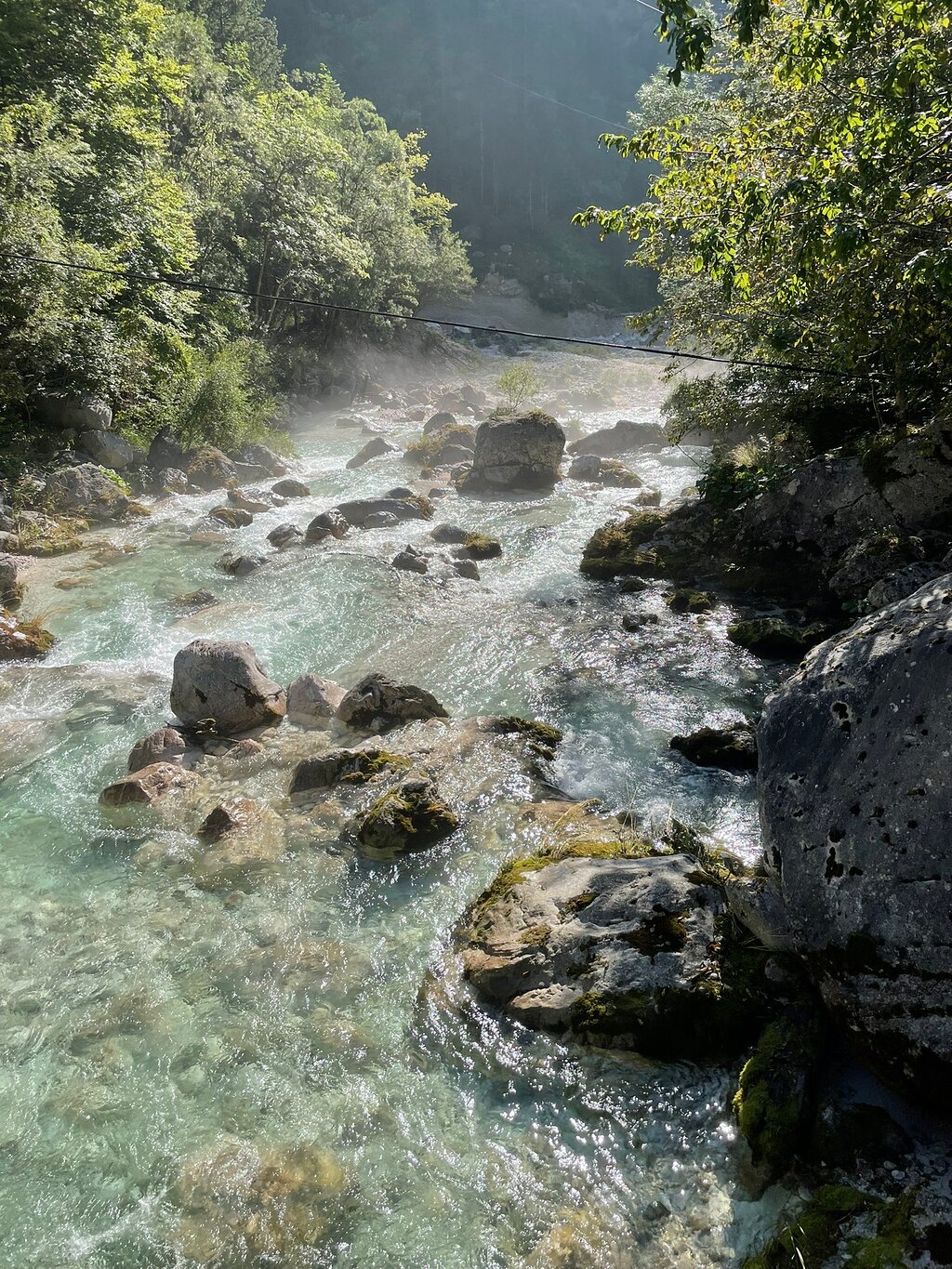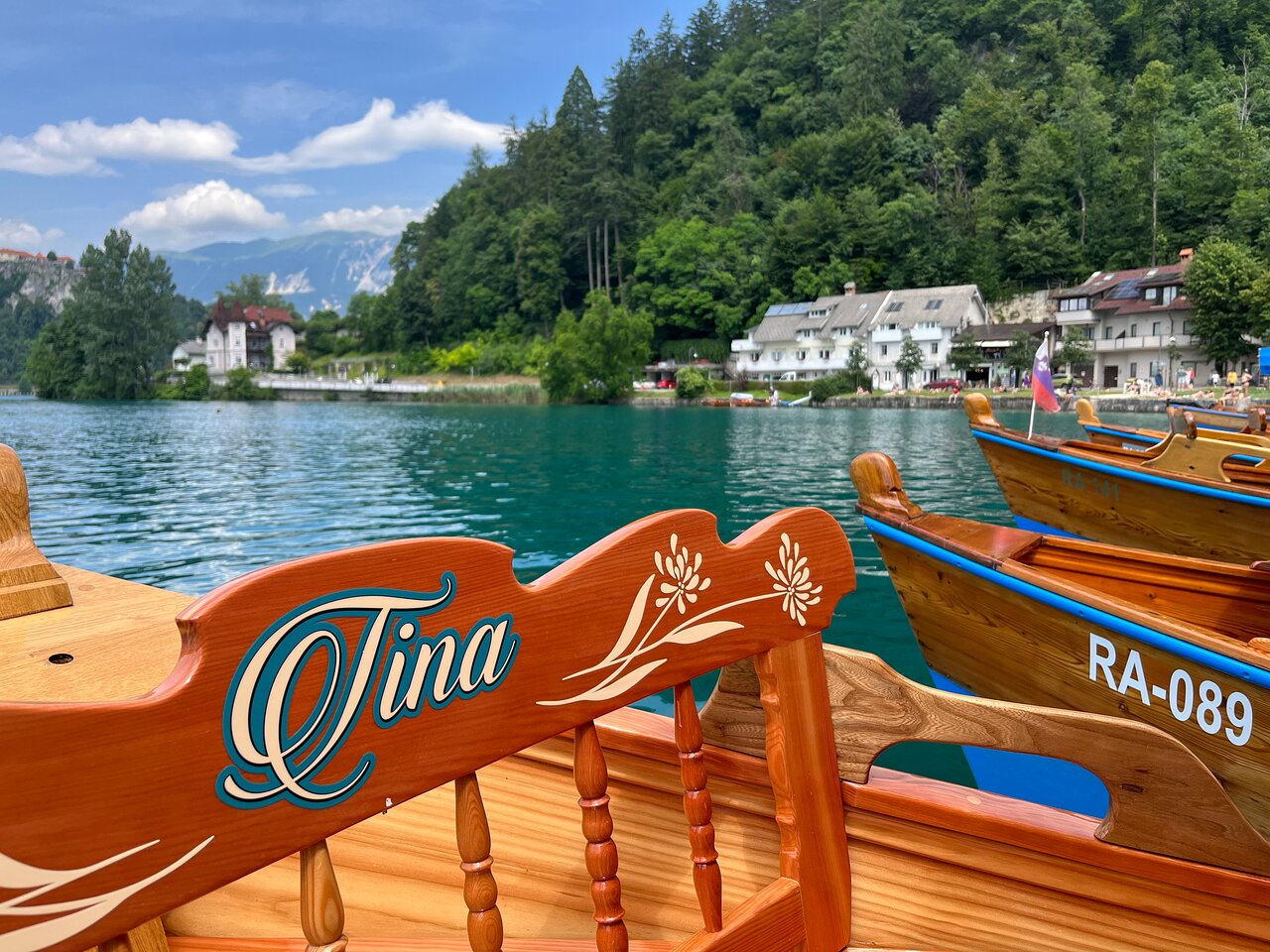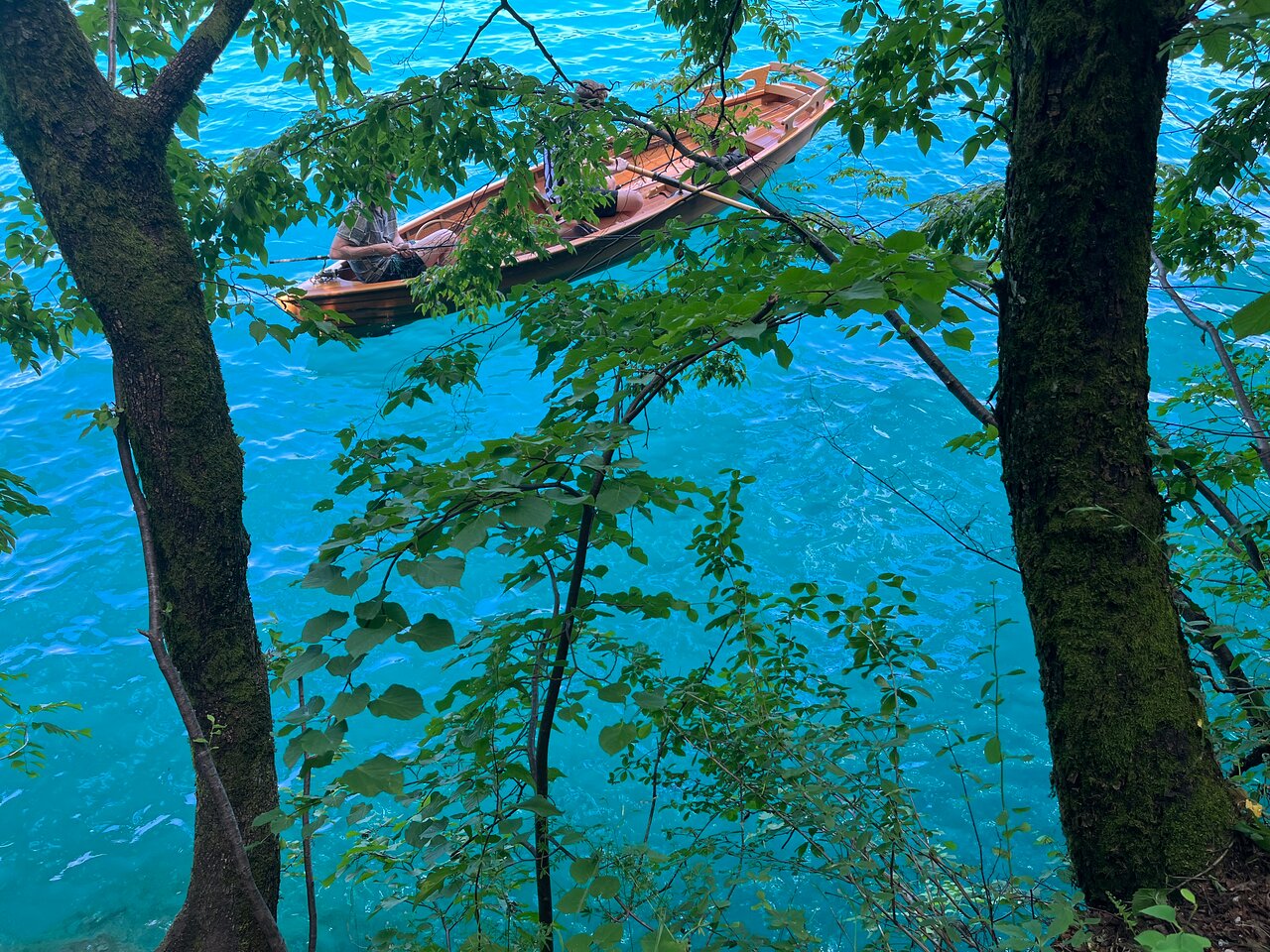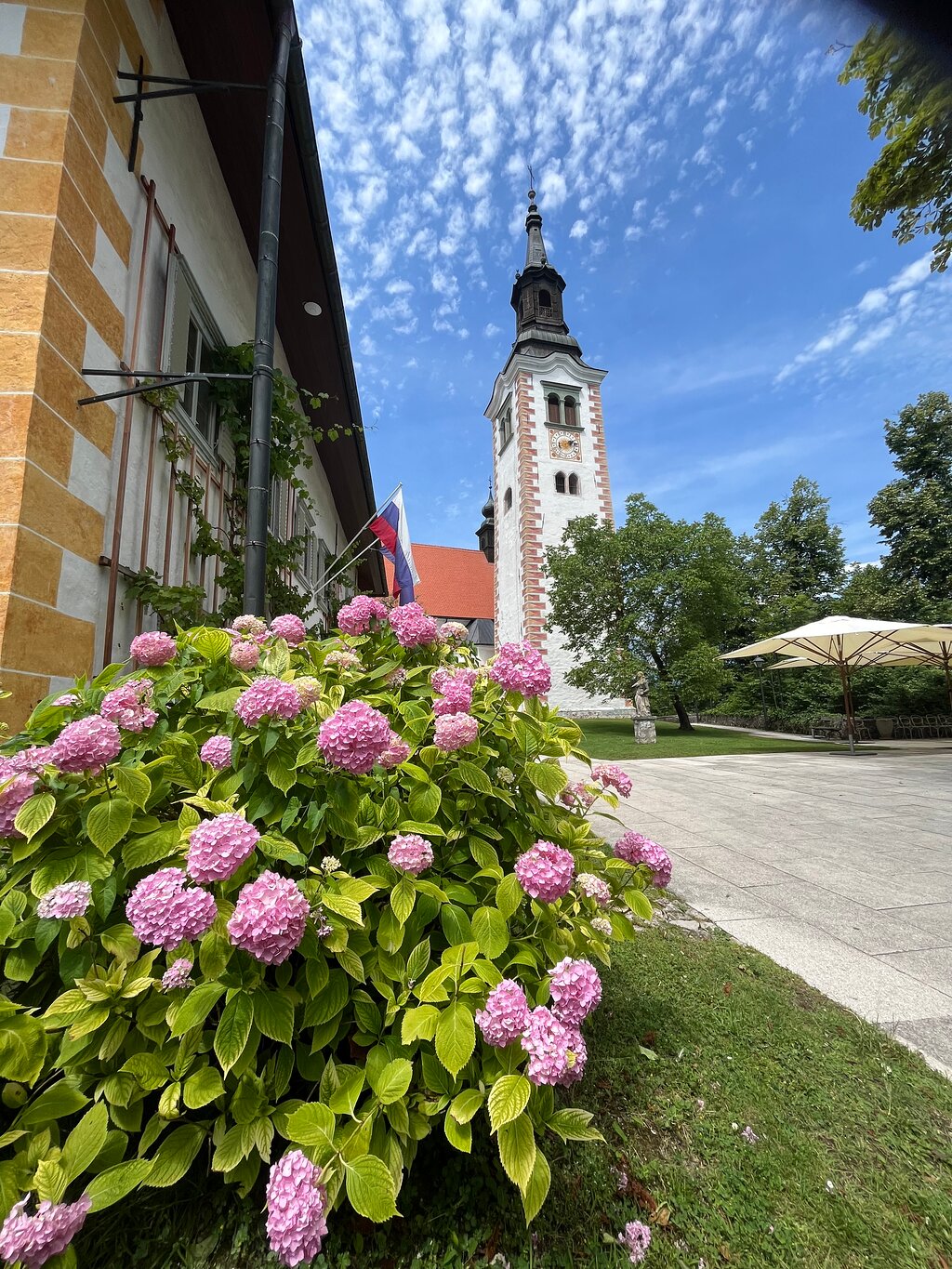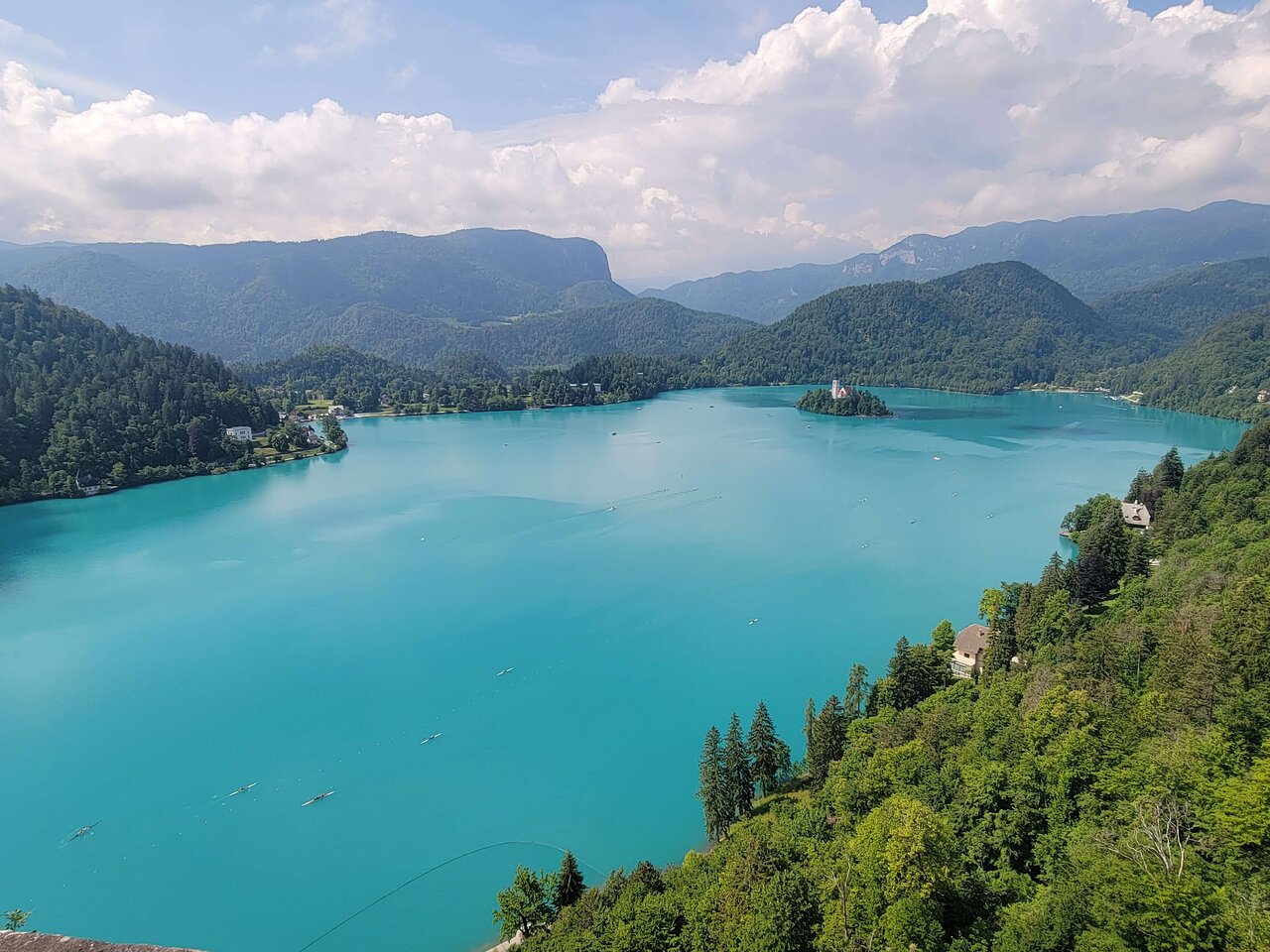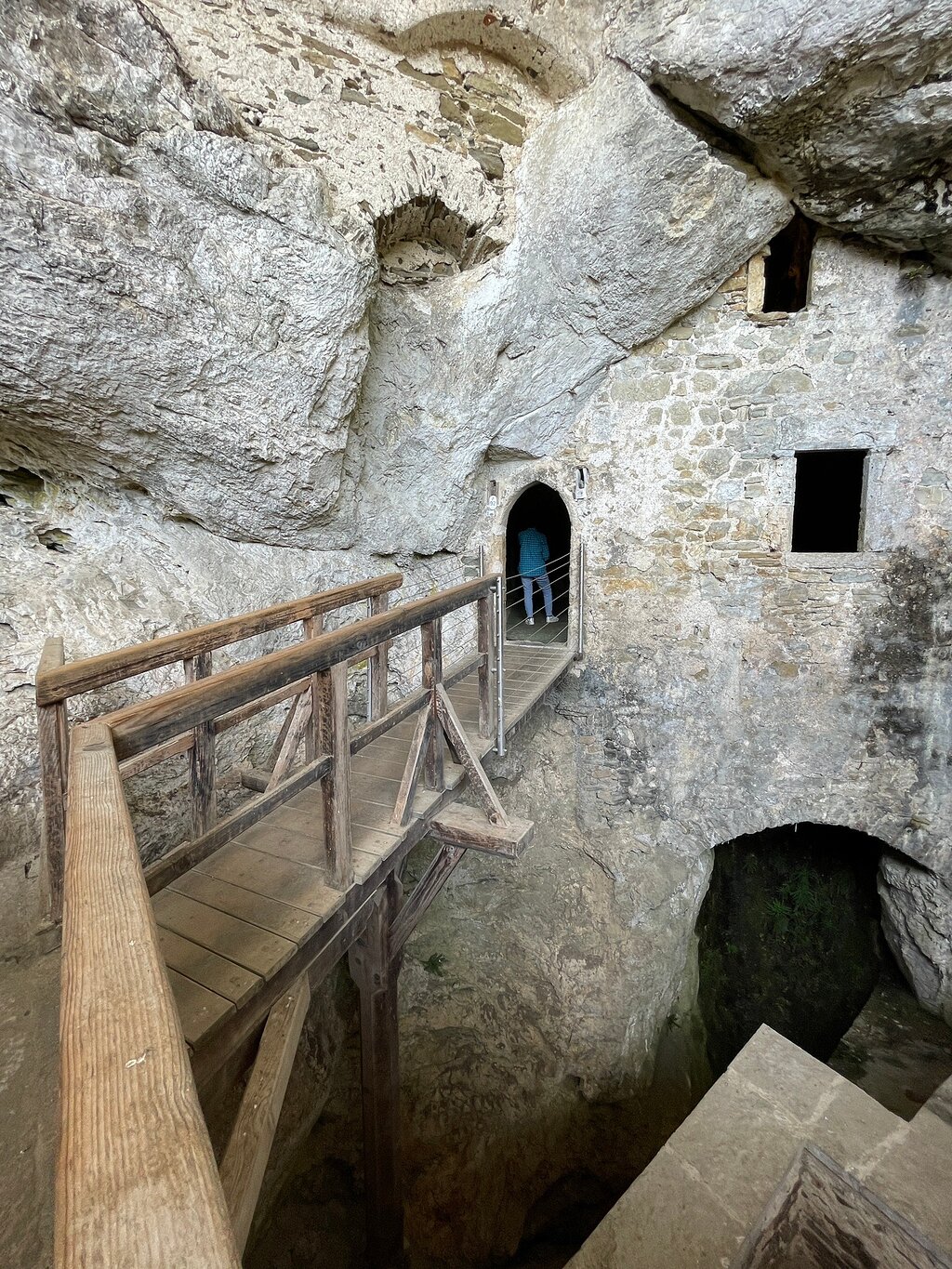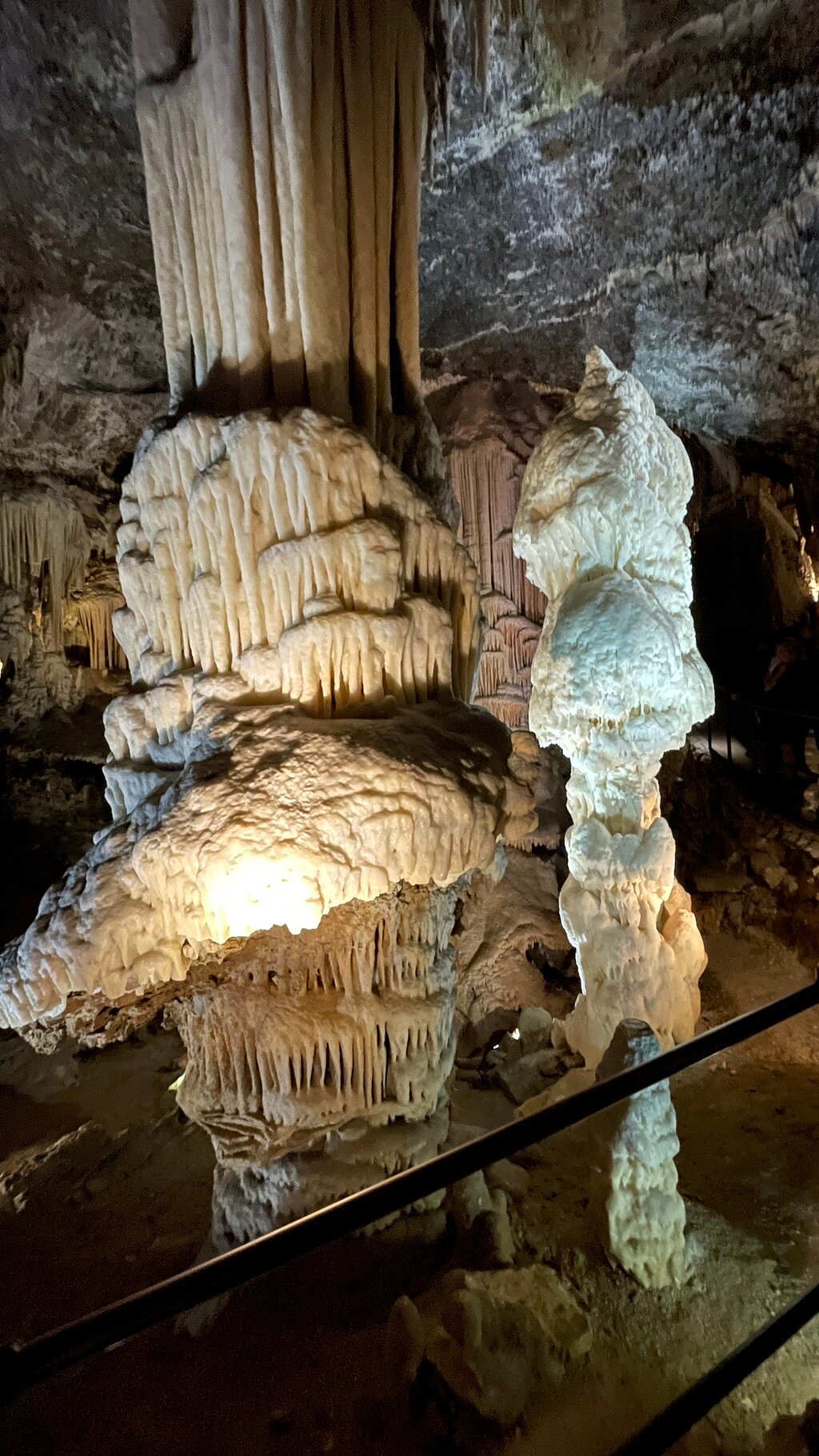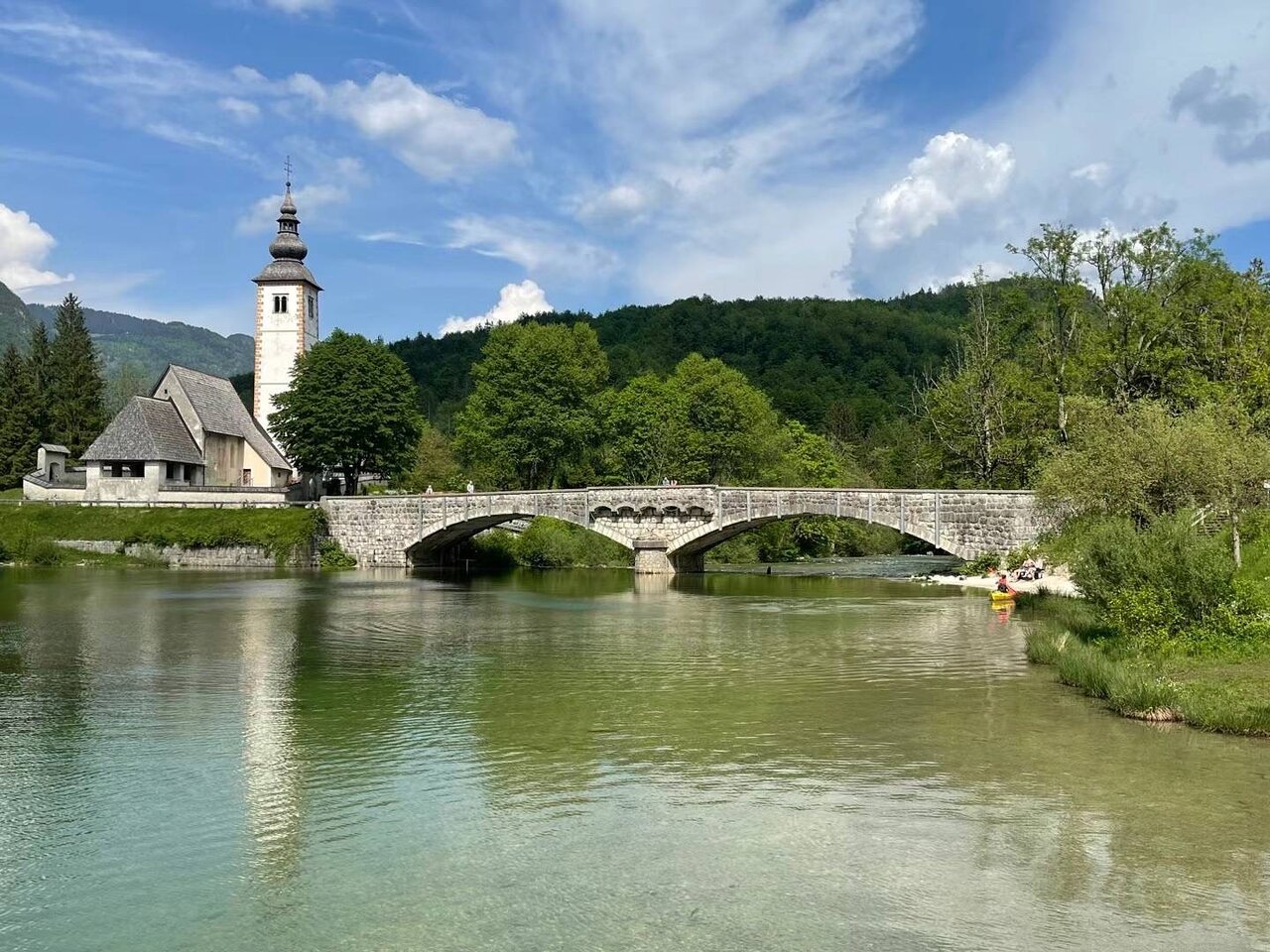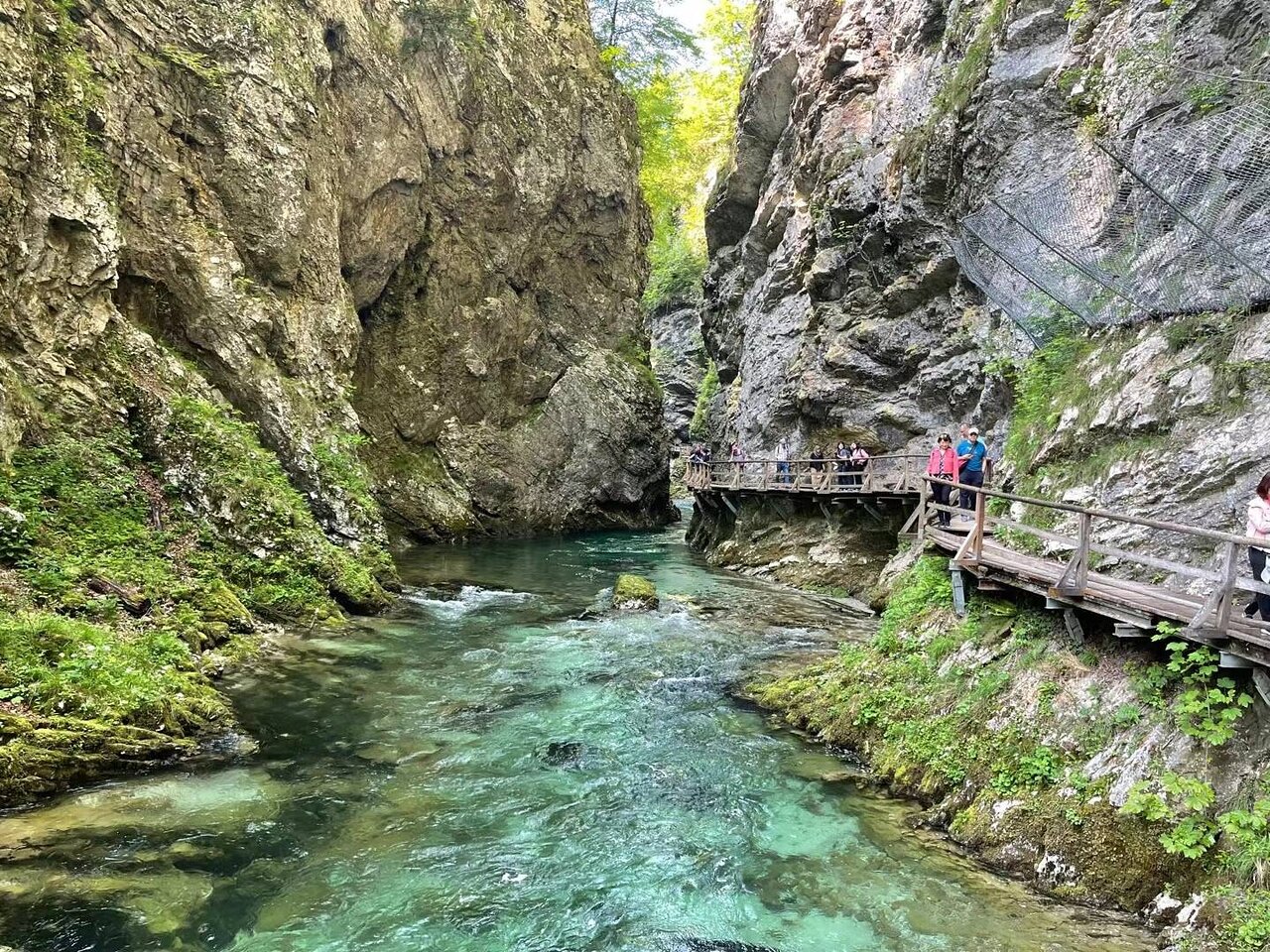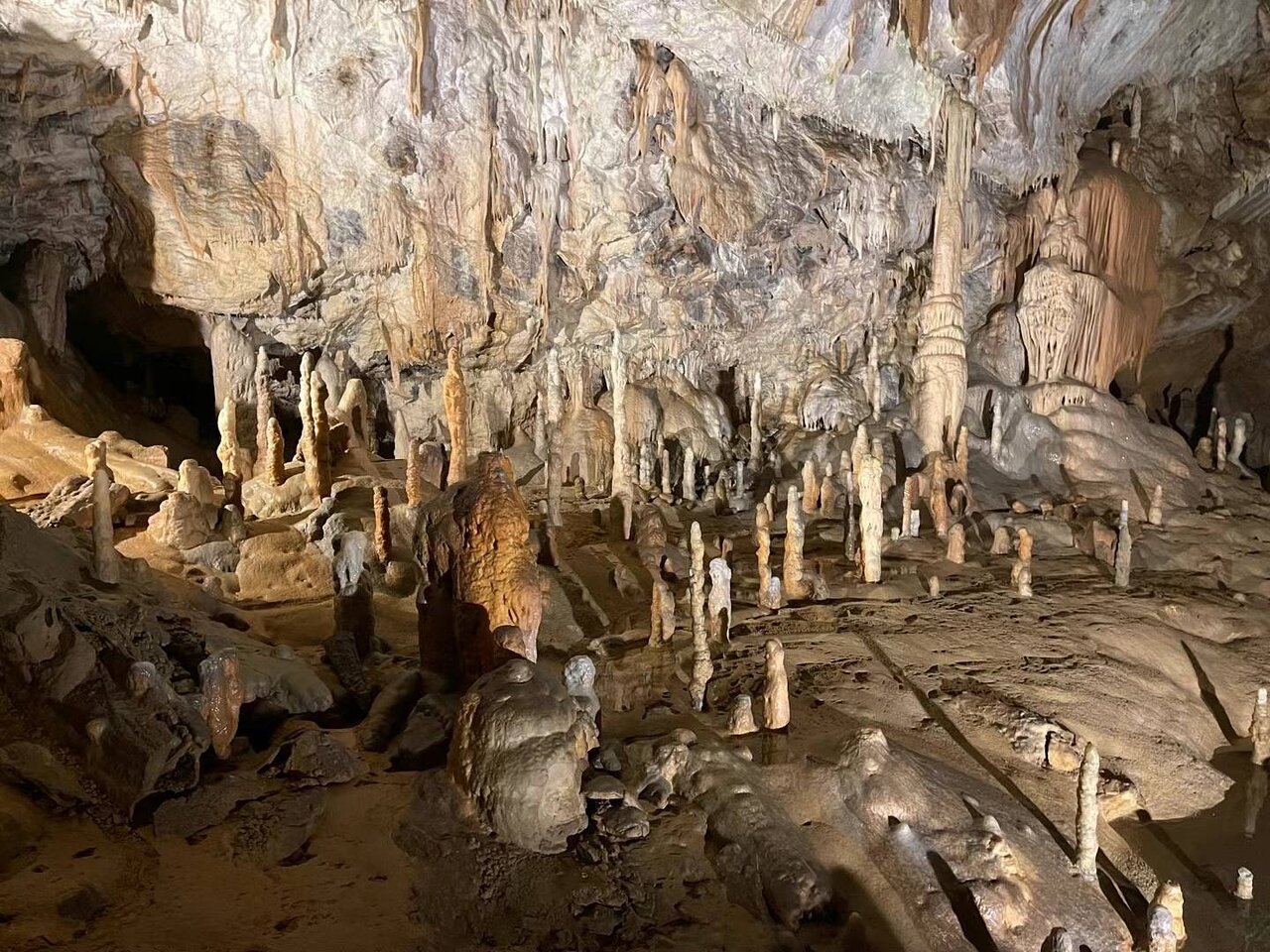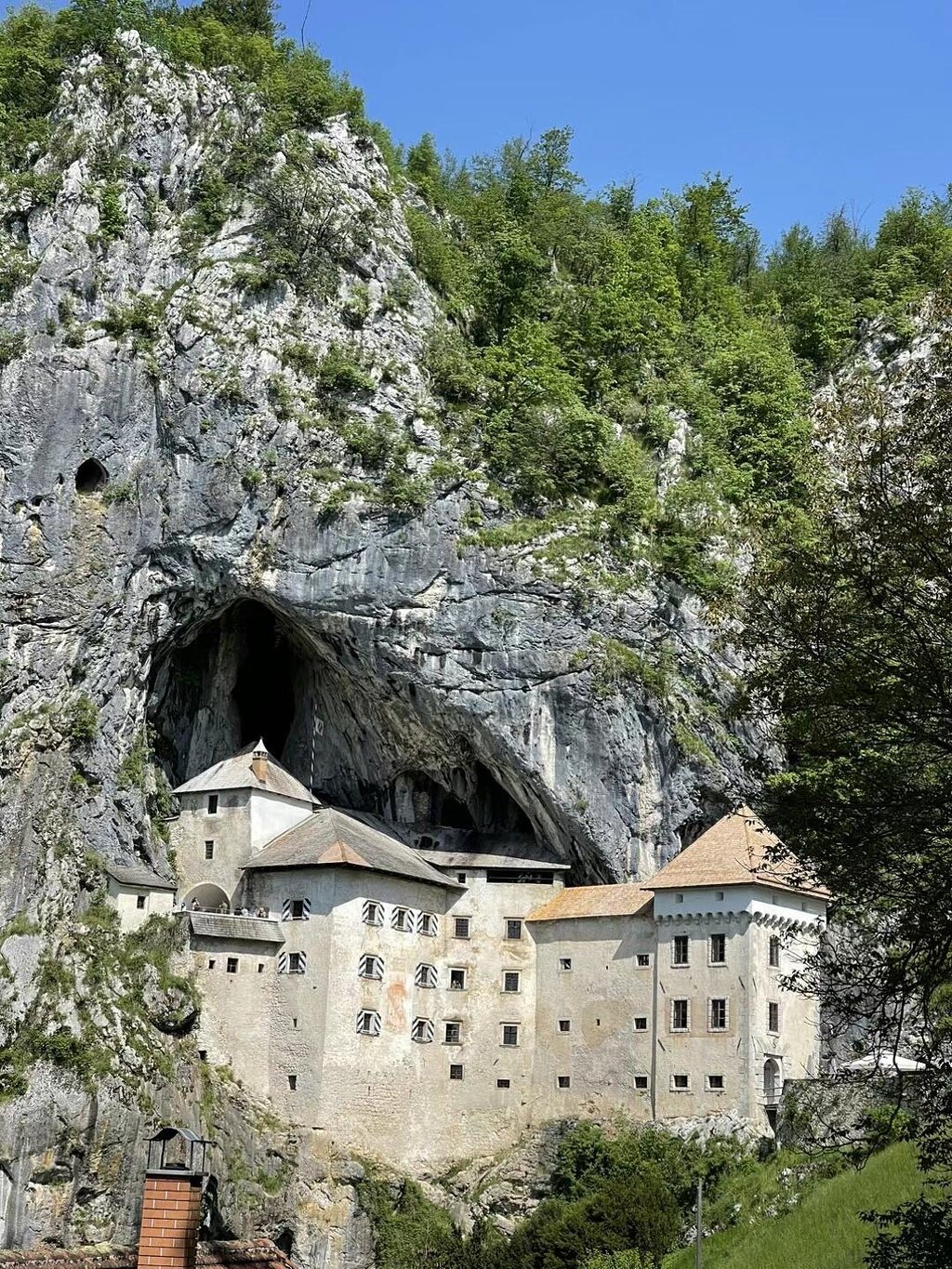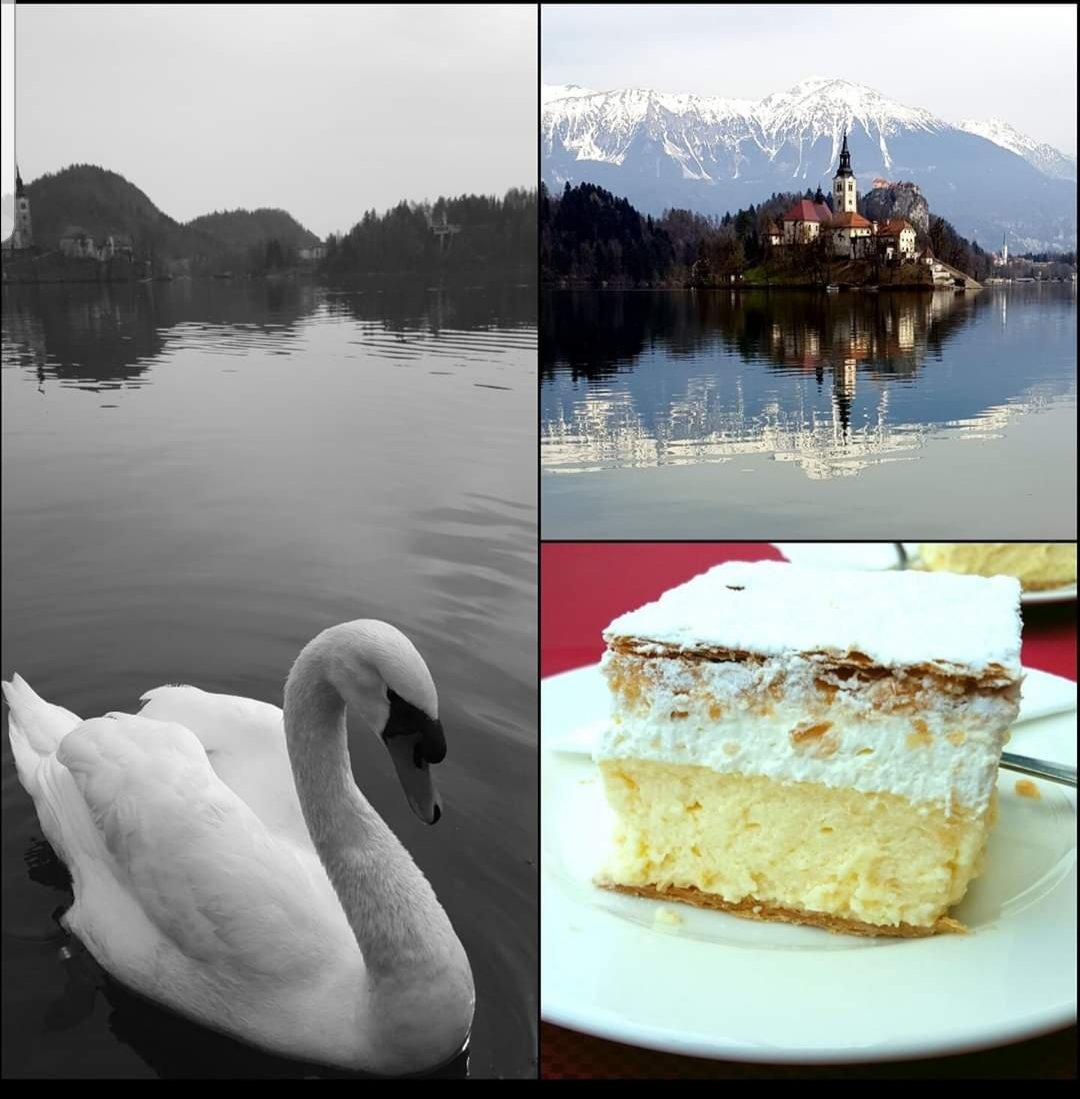How do I get to Slovenia?
Travelling to Slovenia is easy and can be done by any means you find most convenient.
BY PLANE
Slovenia has 3 international airports, all of which are highly accessible and simple to navigate.
- Ljubljana (Jože Pučnik Airport)
This small yet charming airport is Slovenia’s main international airport, located 26 km north of the capital Ljubljana. From there, you can catch a taxi, an airport shuttle, rent-a-car, or opt for other transfer options, depending on your itinerary and preference. Jože Pučnik Airport is the most optimal option, as it has the broadest selection of flights and a superb central location.
- Maribor (Edvard Rusjan Airport)
Slovenia’s second largest international airport is located about 10 km south of Maribor, the country’s second largest city.
Travelling to and from Maribor Airport is done by taxi or a pre-booked transfer, and is mainly used for seasonal and charter flights.
- Portorož Airport – smaller charters, business and cargo flights
The Airport in Portoroz is located 6 km south of Portorož, Slovenia’s seaside resort town. Trieste (Italy), Koper, Postojna, Ljubljana (Slovenia), and Croatian towns on the Istrian Peninsula are all very conveniently close.
Alternative airports located near Slovenia are Zagreb, Pula, Klagenfurt, Graz, Trieste, Venice, Vienna.
BY BUS
You can travel to Slovenia by bus from a list of European cities.
Direct bus connections exist from as far as Sweden and Denmark.
Most international coaches stop in Ljubljana or other major towns in Slovenia.
FlixBus and Nomago coaches are among the most popular providers.
BY TRAIN
Taking a train to Slovenia is also very straightforward.
Rail connections from neighbouring countries and the wider EU zone are good and regular. These include: Croatia, Italy, Austria, Hungary, Serbia, Czech Republic, Germany, Switzerland, etc.
Slovenia is included in the Eurail Global Pass system, which makes travelling by train cheaper.
Additionally, nearby airports, like Trieste, Zagreb or Vienna are connected by rail.
BY CAR, BIKE, MOTORBIKE, ON FOOT
Travelling to Slovenia by car or motorbike can lead you down smaller local roads or regional speedways and motorways. We recommend the latter, as it is much faster and includes less possibility of getting lost.
If you’re heading into Slovenia by bike or (for reasons unknown) on foot, congratulations are in order, for these are the greenest travel means available. Both can be done by crossing any border (except motorway crossings, obviously), and then following local roads to wherever you need to be.
BY BOAT/FERRY
There are direct ferries from Italy or you can sail in from Croatia.
Slovenia has 4 small ports/marinas where you can moor.
Check availability and other requirements is obligatory, especially during high season.
Where do I stay?
Finding a suitable, clean, comfortable and conveniently located place to stay in Slovenia is easy. There are more than enough hotels, hostels or private options in the form of Airbnb and Booking in towns and in the countryside.
Make sure to book in advance if you’re travelling to Slovenia in peak seasons, which includes the months of June, July, August, October and December.
Camping and glamping are fantastic choices if you want to spend your holiday in Slovenia’s awe-inspiring nature. Many incredible campsites can be found all over the country, also near to famous landmarks.
Speaking of nature, numerous tourist farms offer lodgings with authentic local gastronomy, and mountain huts promise comfy overnight stays and boast unimaginably beautiful views of the Slovenian mountains.
Do people speak English?
Yes, most Slovenes younger than sixty-five speak relatively good English, and virtually all youngsters speak the language fluently, as do employees in the tourist and hospitality industry. German is spoken by many members of the older generation.
Italian is spoken by the majority of the population living in the coastal area, and some people even know Spanish, French and Russian.
Croatian, Serbian or their Serbo-Croat variant is understood and spoken at a high level of proficiency by a great portion of Slovenes.
What are usual opening hours?
Various types of shops are usually open between 08:00 and 20:00 (give or take an hour).
Tourist attractions have their own timetables, so it’s advisable to check online beforehand.
Museums, galleries and other cultural institutions are sometimes closed during weekdays. Again, the best thing to do is check.
Do I have to use local money?
Yes, Slovenia’s currency is the Euro.
Are credit cards broadly accepted?
Yes, most credit cards are accepted (Visa, MasterCard, Maestro, American Express, etc.).
Certain villages and remote places can be tricky. This includes tourist farms and mountain huts, some of which don’t accept credit cards, so it’s advisable to carry some cash on you.
Is tipping normal in Slovenia?
Yes, but not compulsory. Leaving a 10-15% tip in restaurants or bars for good service is common. Gratuity in hotels is also nice and rounding up taxi fares will not go unnoticed.
Is Slovenia a safe country?
Yes, Slovenia is the number 8 safest country in the world.
That said, common sense should always be taken when travelling, and venturing into dodgy parts of any town during the night has its risks like everywhere.
What to do in an emergency?
112 Emergency Call Centre will dispatch first responders (emergency medical assistance, fire department, veterinary assistance, mountain rescue, the police and other units).
Users with disabilities can use WAP 112 and SMS 112 to contact the emergency services.
113 is for Police (emergencies), 080 12 00 is an anonymous police phone line
Pharmacies available all over the country, but many pharmaceuticals require prescriptions.
Can I drink water from the tap?
Yes, Slovenia has some of the purest drinkable water in the World.
For environmental reasons, we do encourage you to keep a reusable bottle with you.
Where can I swim in Slovenia?
The Adriatic Sea, Lake Bled, Lake Bohinj, certain rivers.
Please don’t swim in other parts of the Triglav National Park and protected areas, and make sure your sunscreen is nature friendly.
Can you get free Wi-Fi in Slovenia?
All around Slovenia in accommodations, restaurants, cafes and even shops and some attractions offer free Wi-Fi. You can also buy prepaid mobile internet for 10-20 EUR.
Do I need to pack warm clothes for a trip in the summer?
Follow this link for more information on what to pack for your Slovenia holidays.
